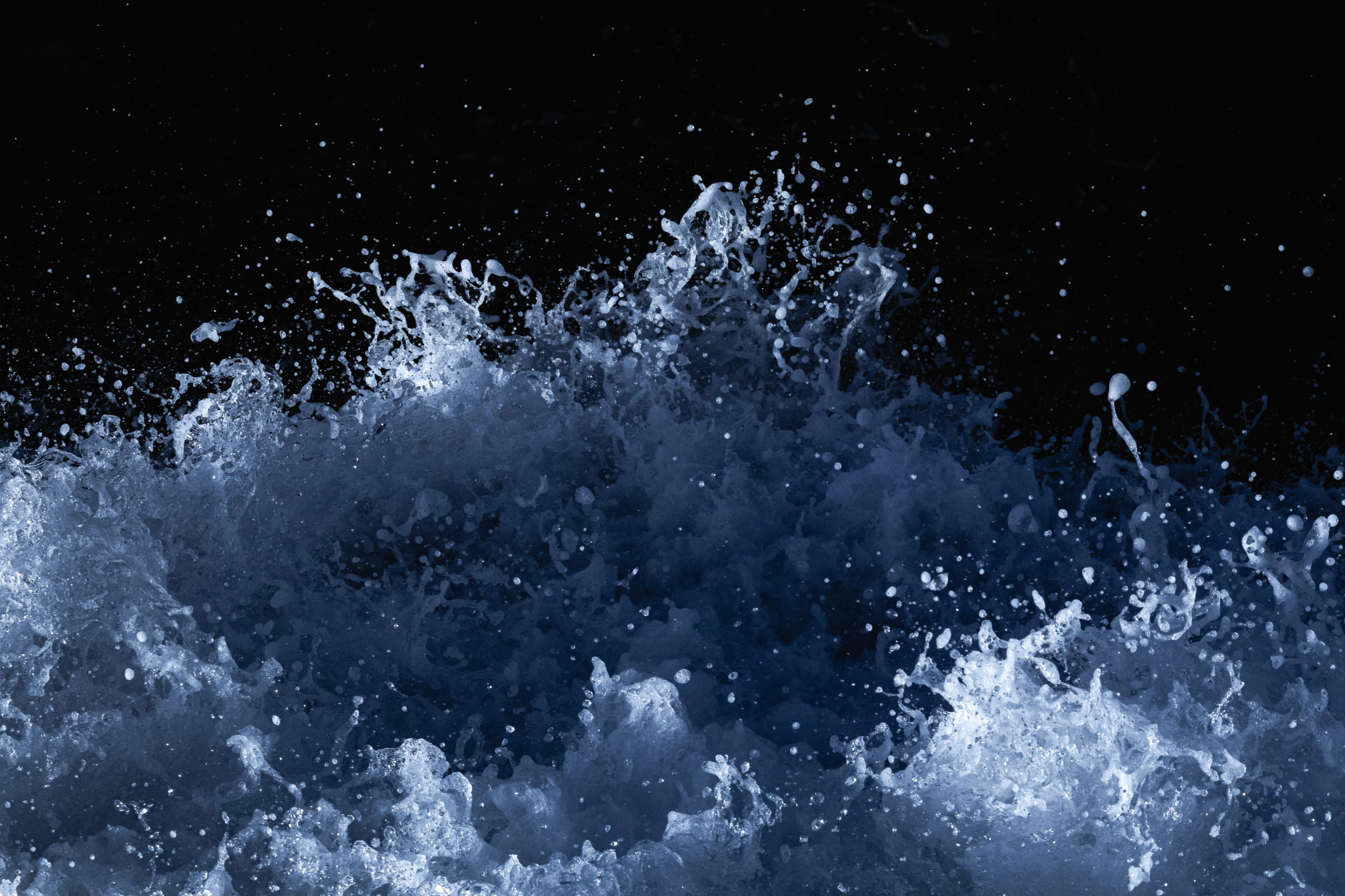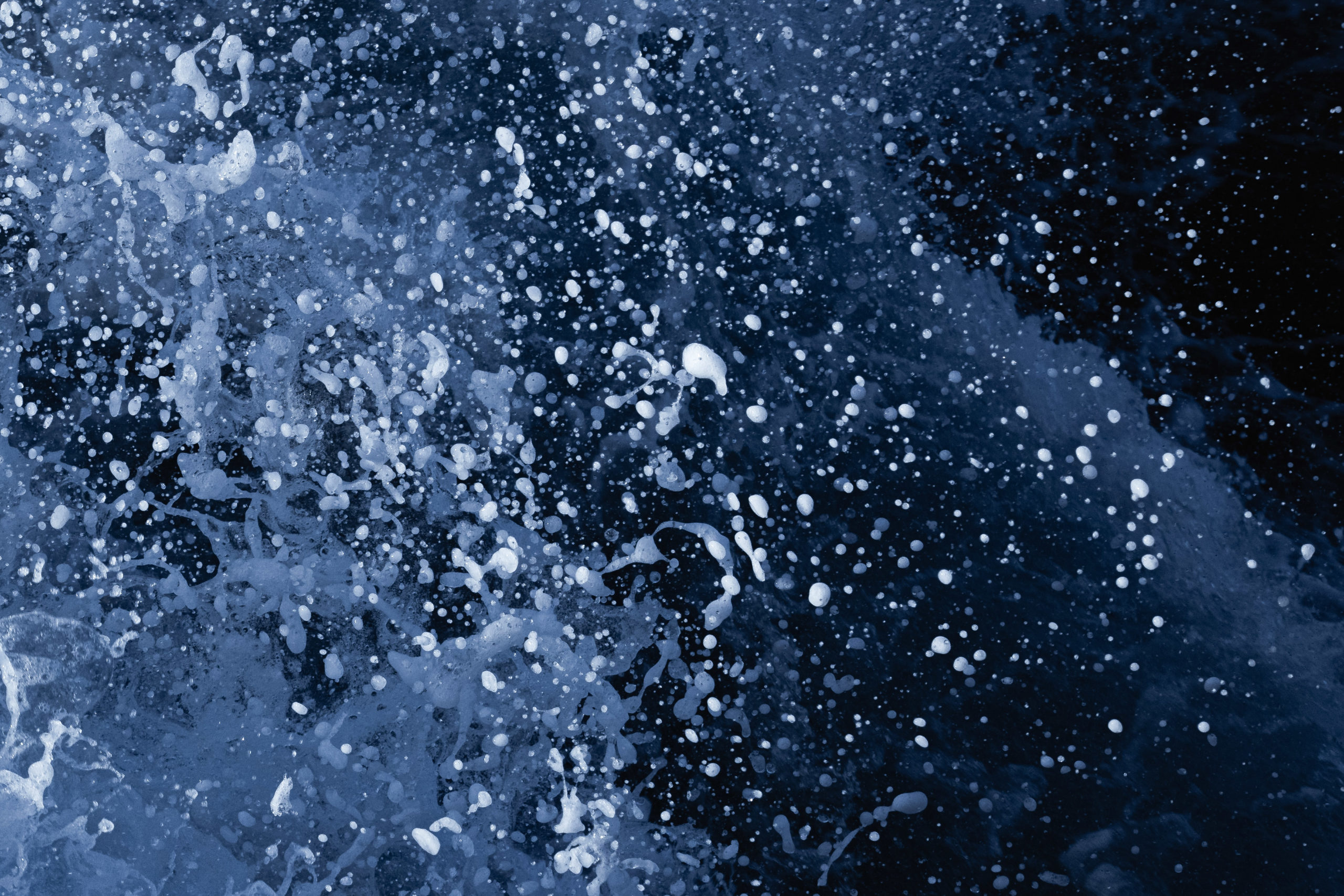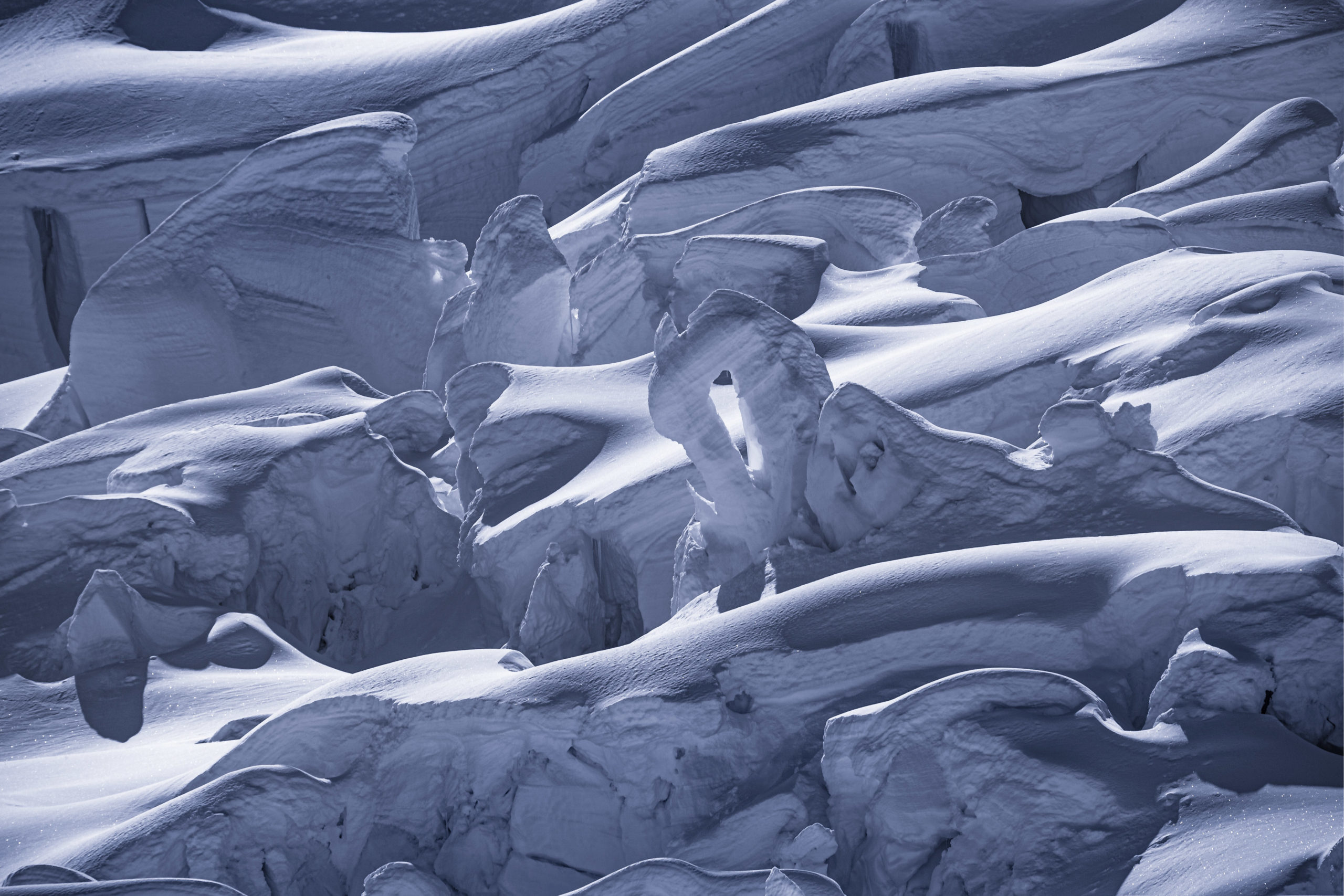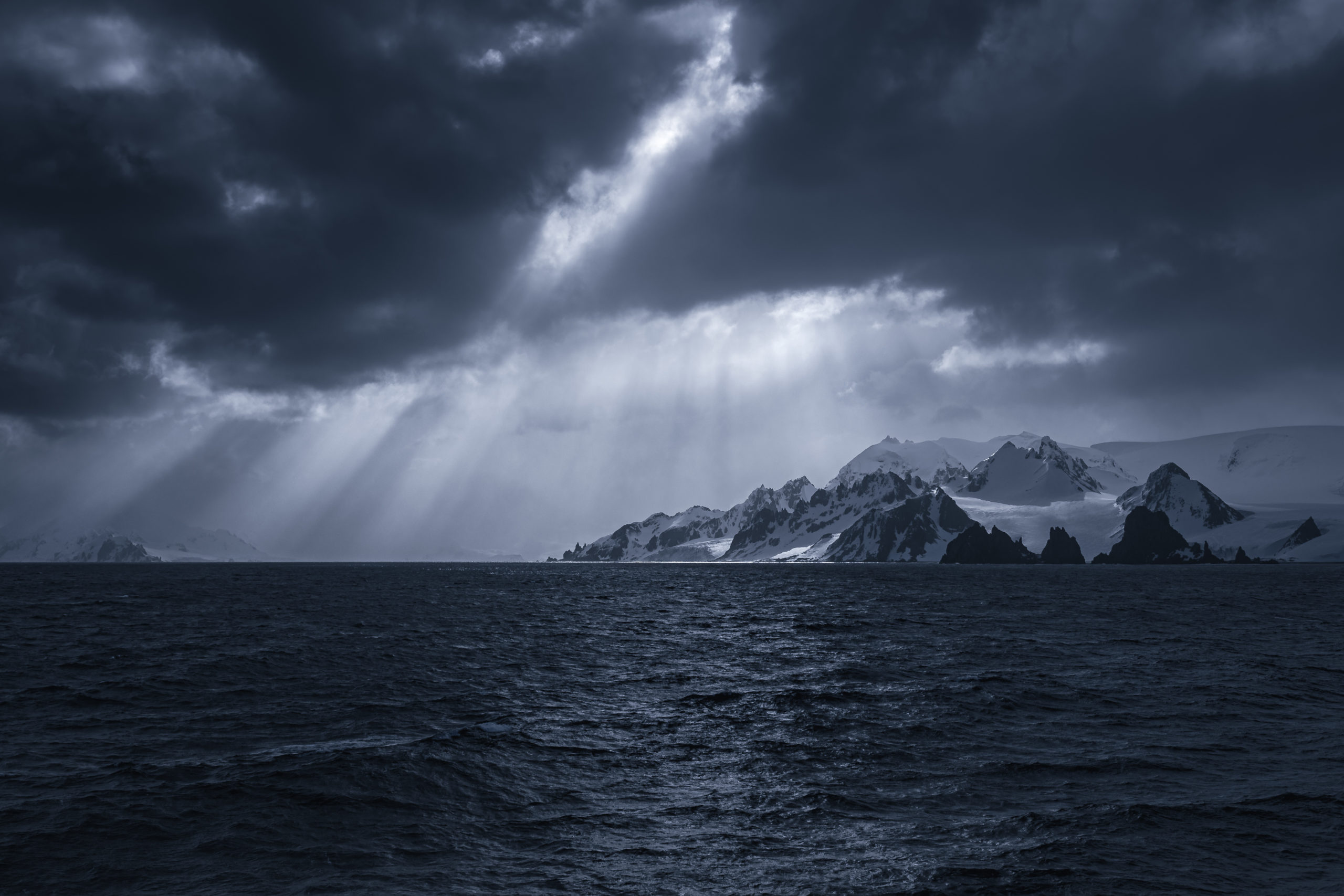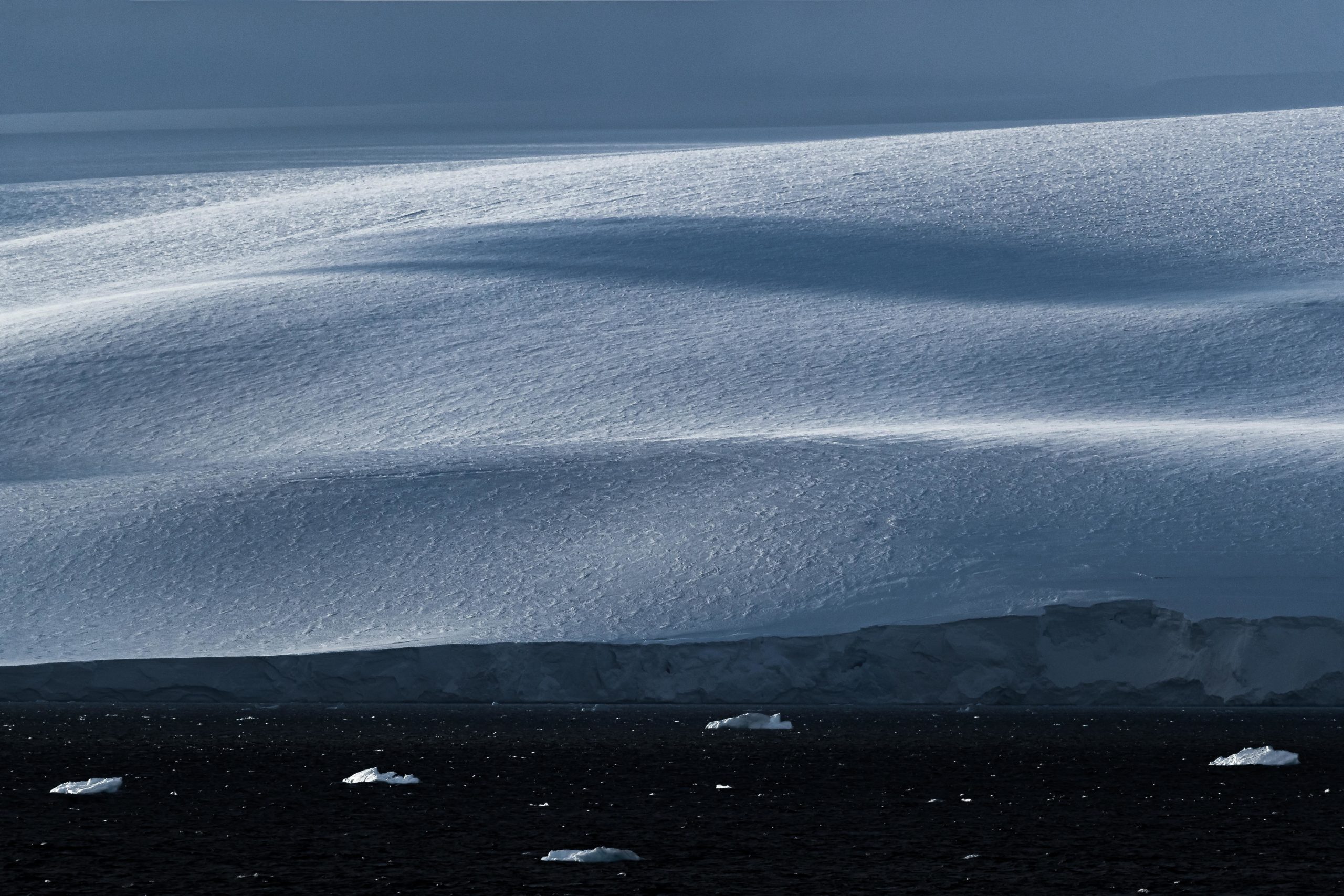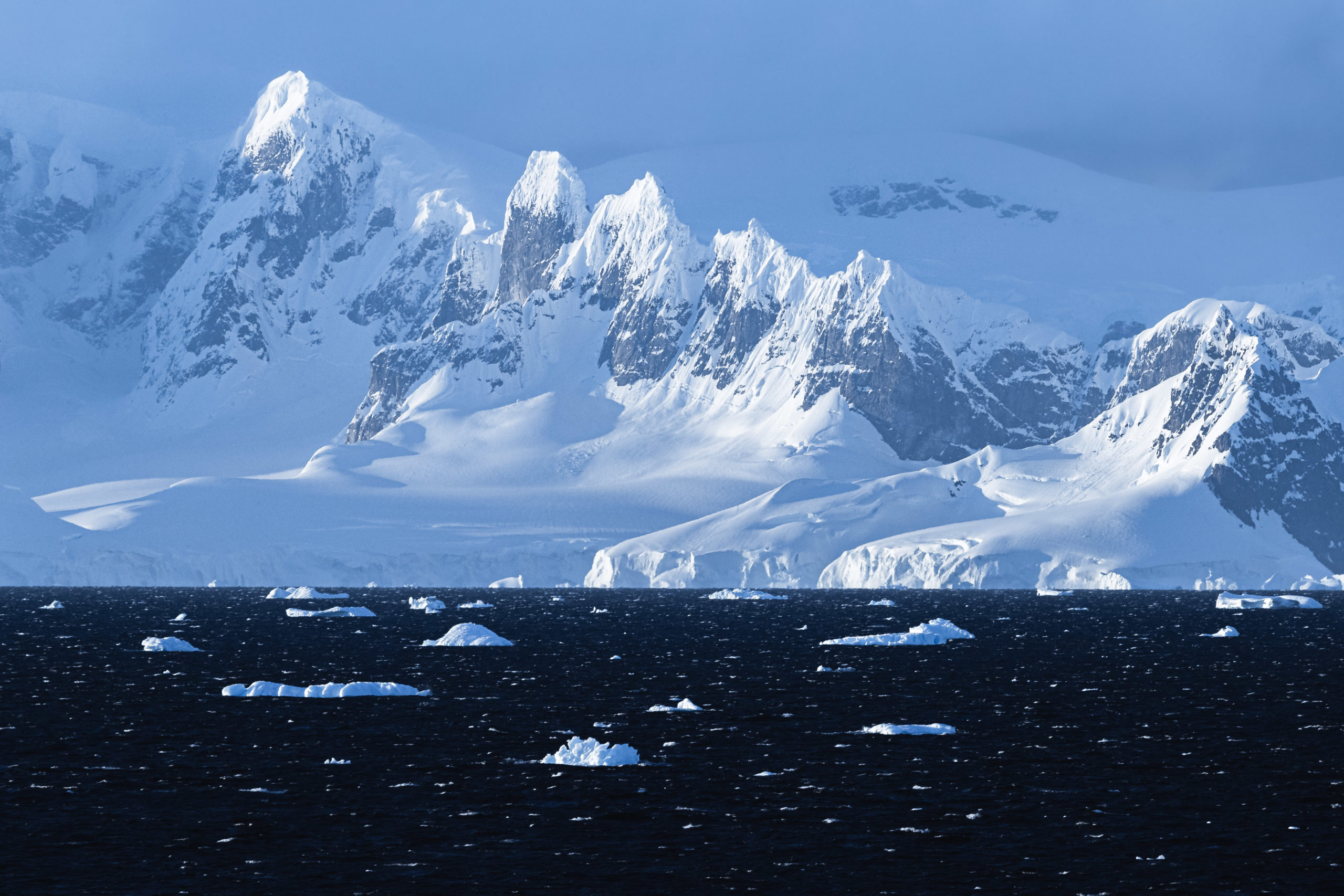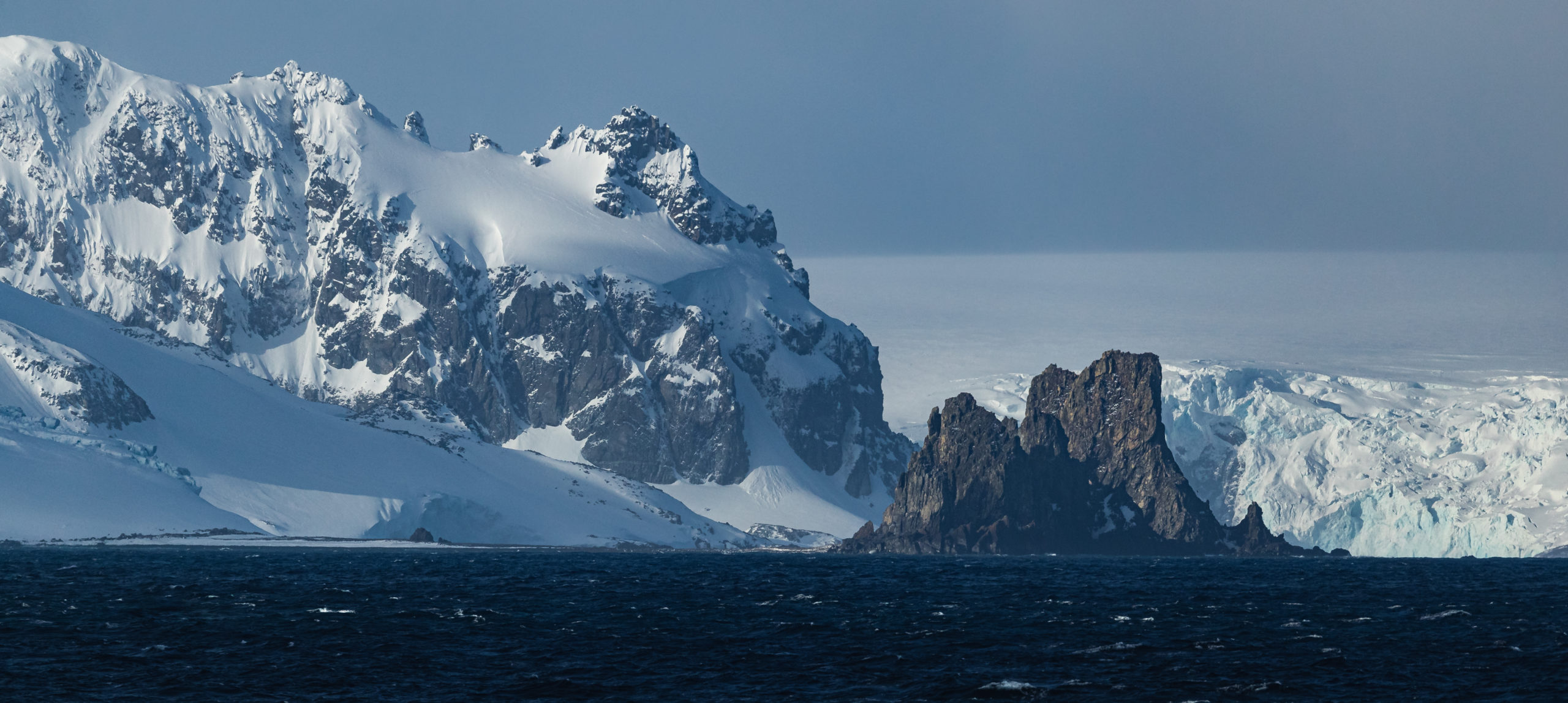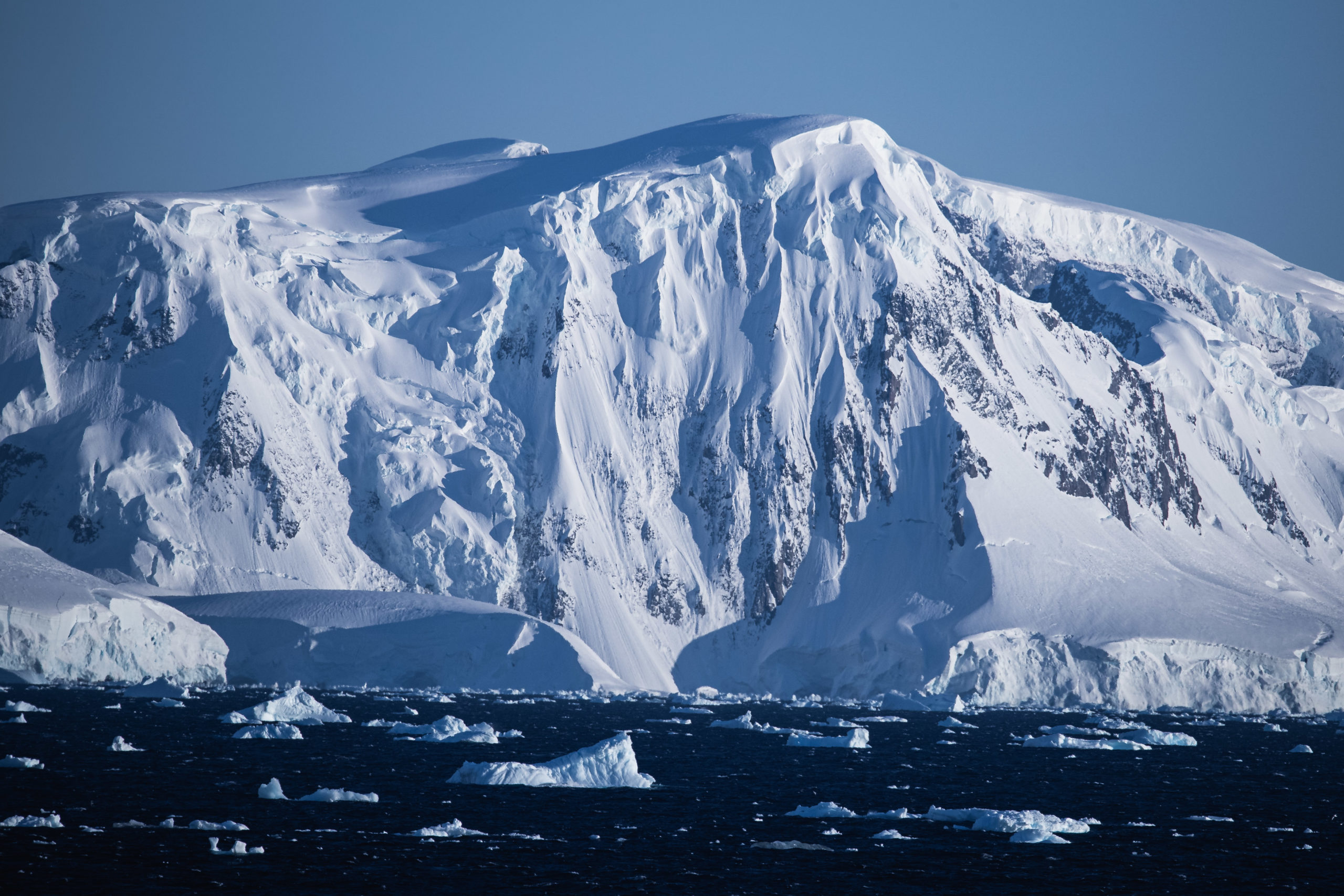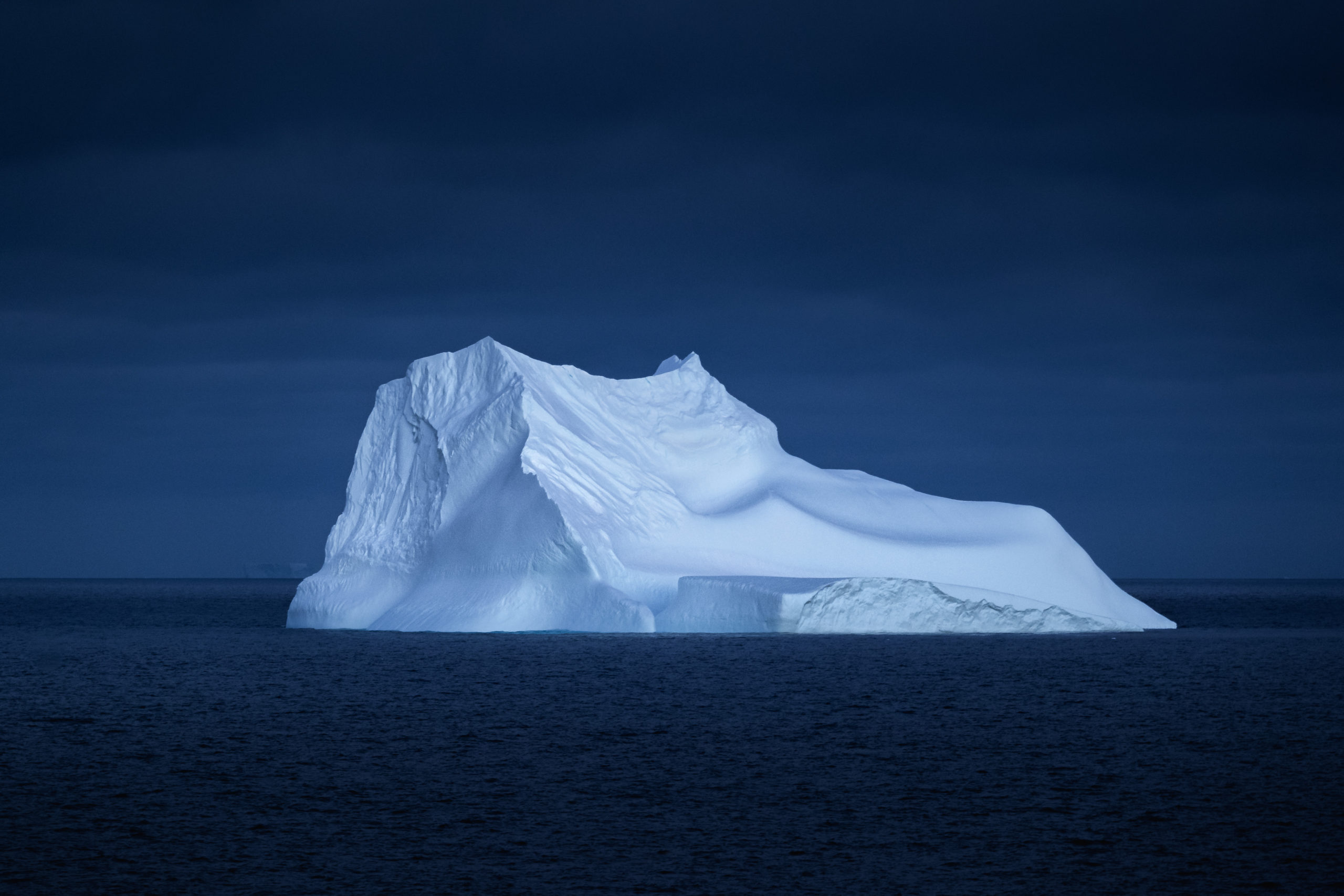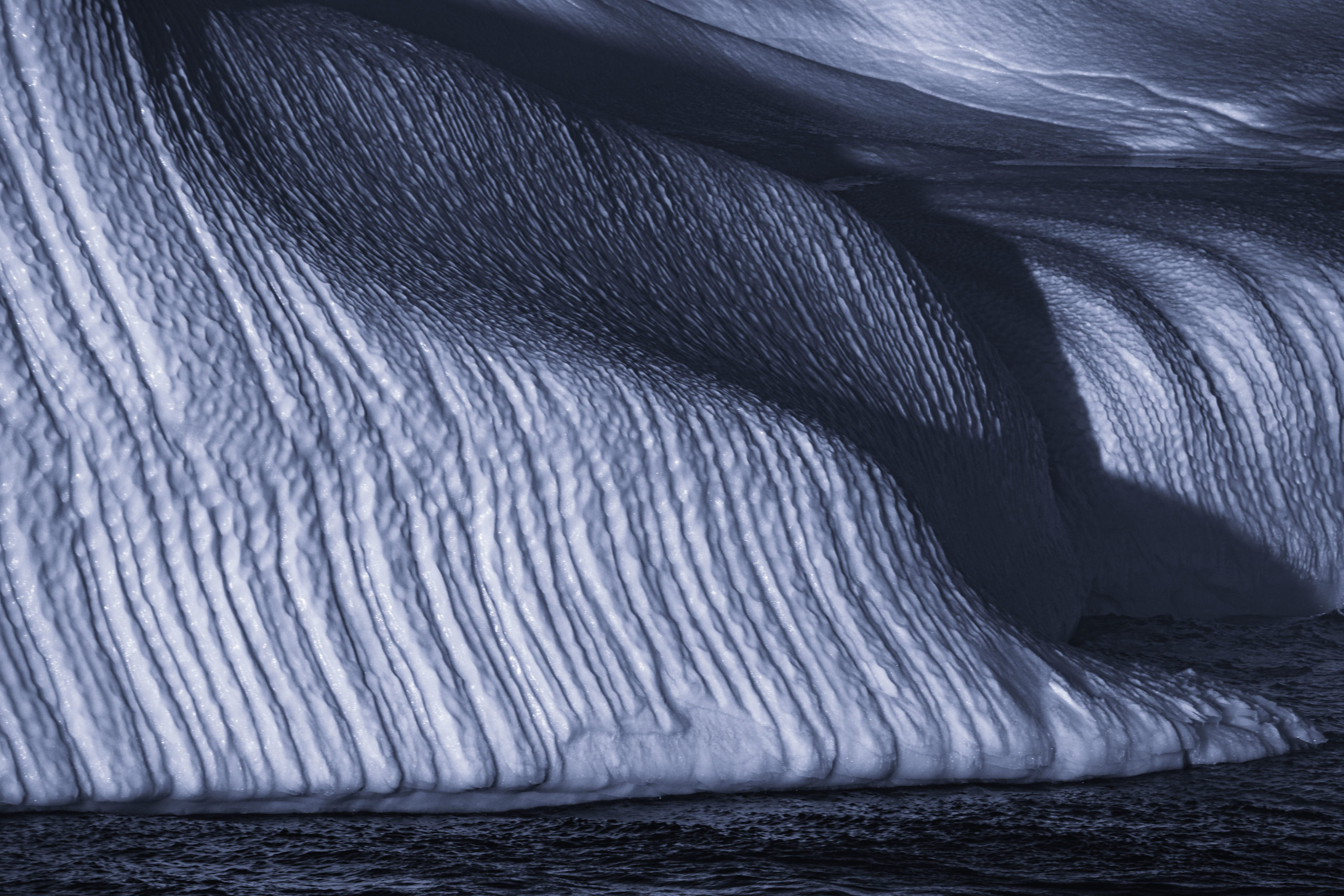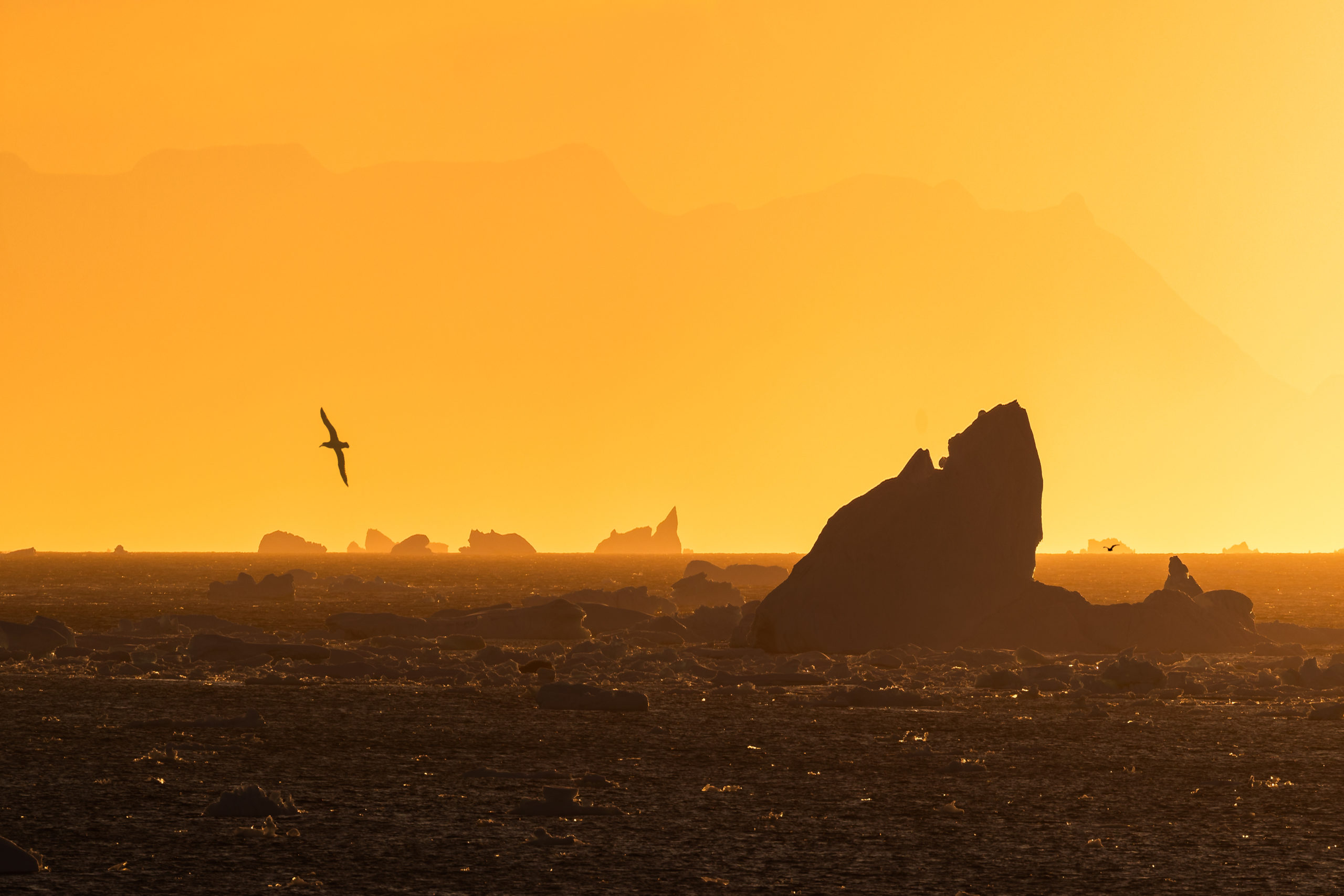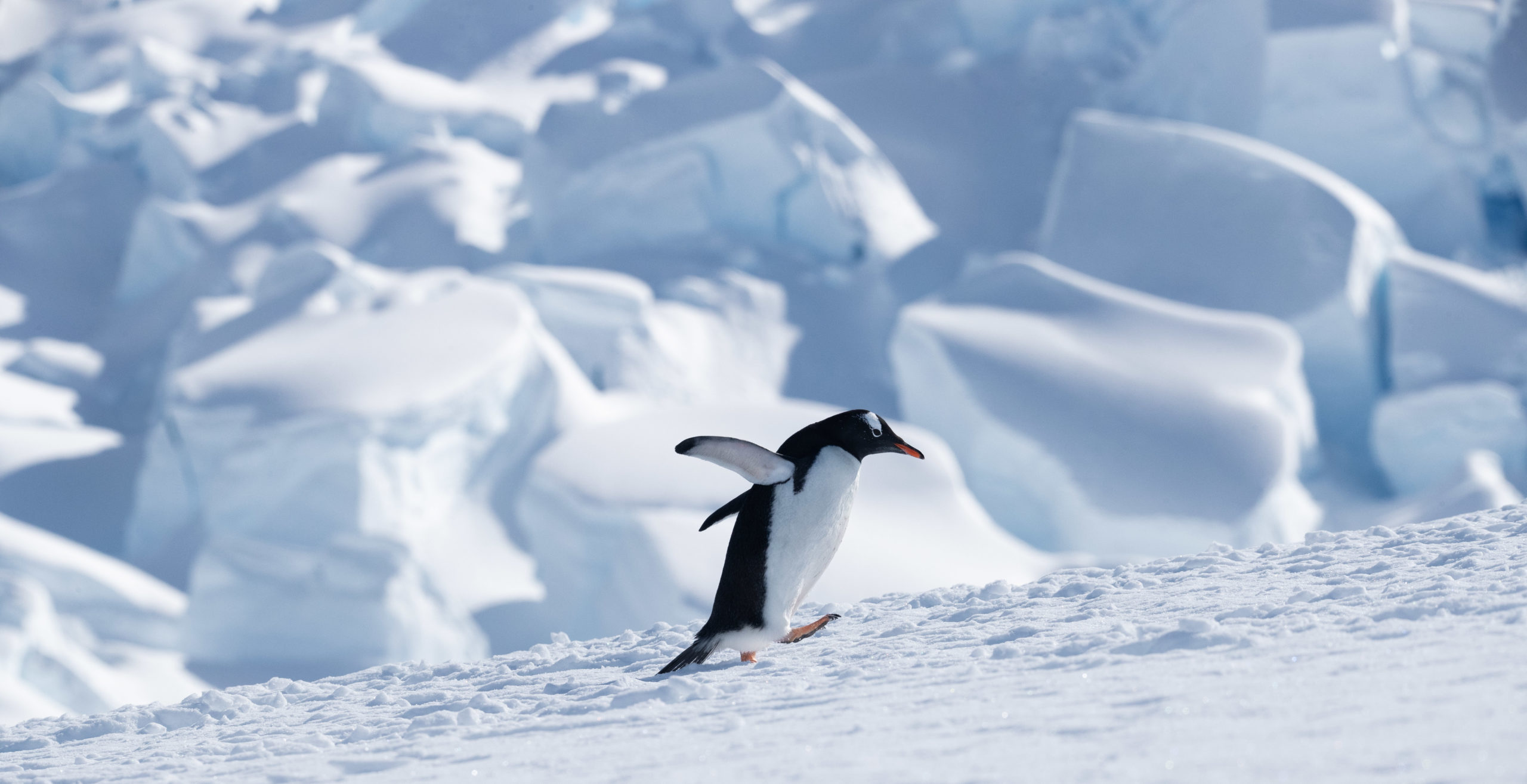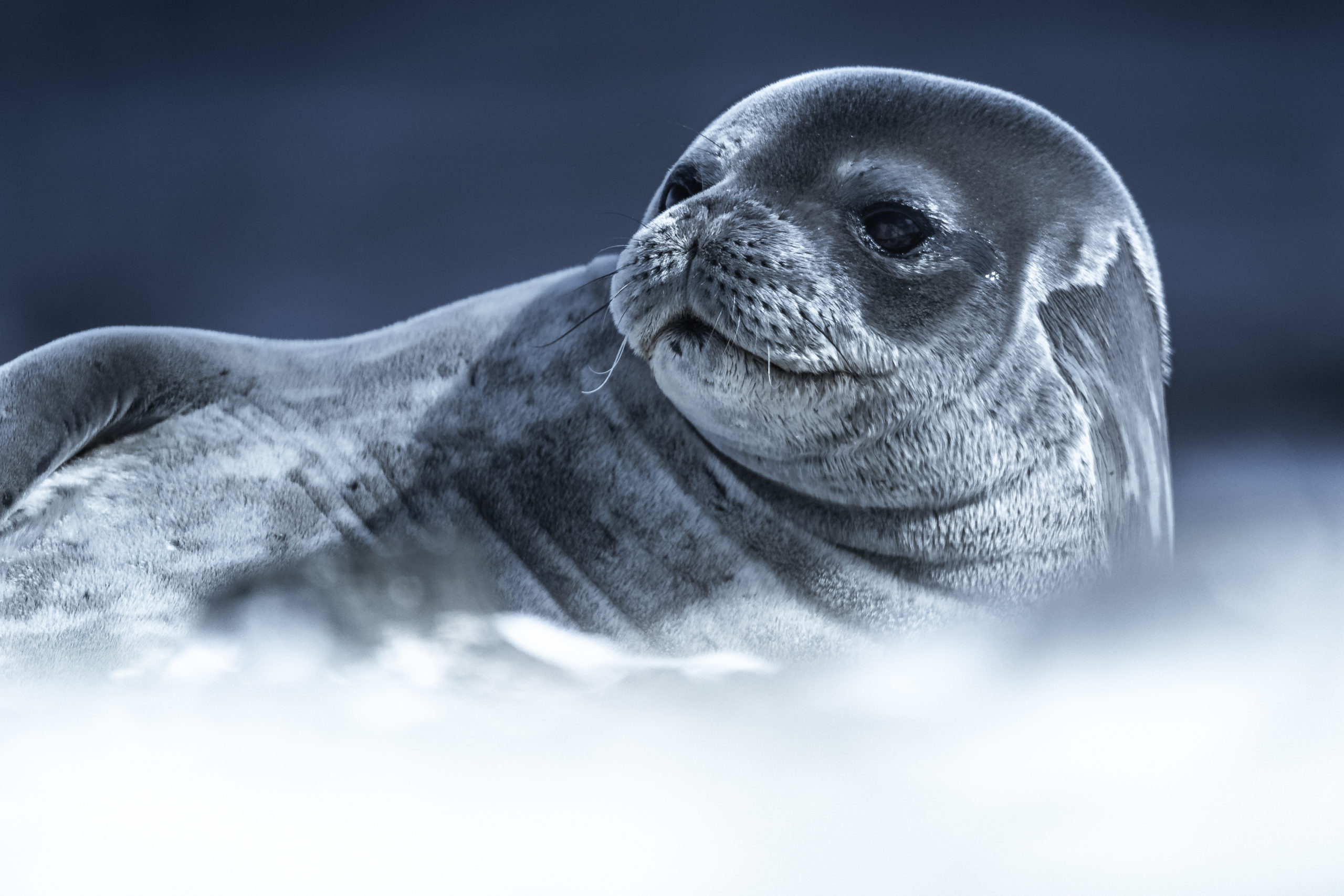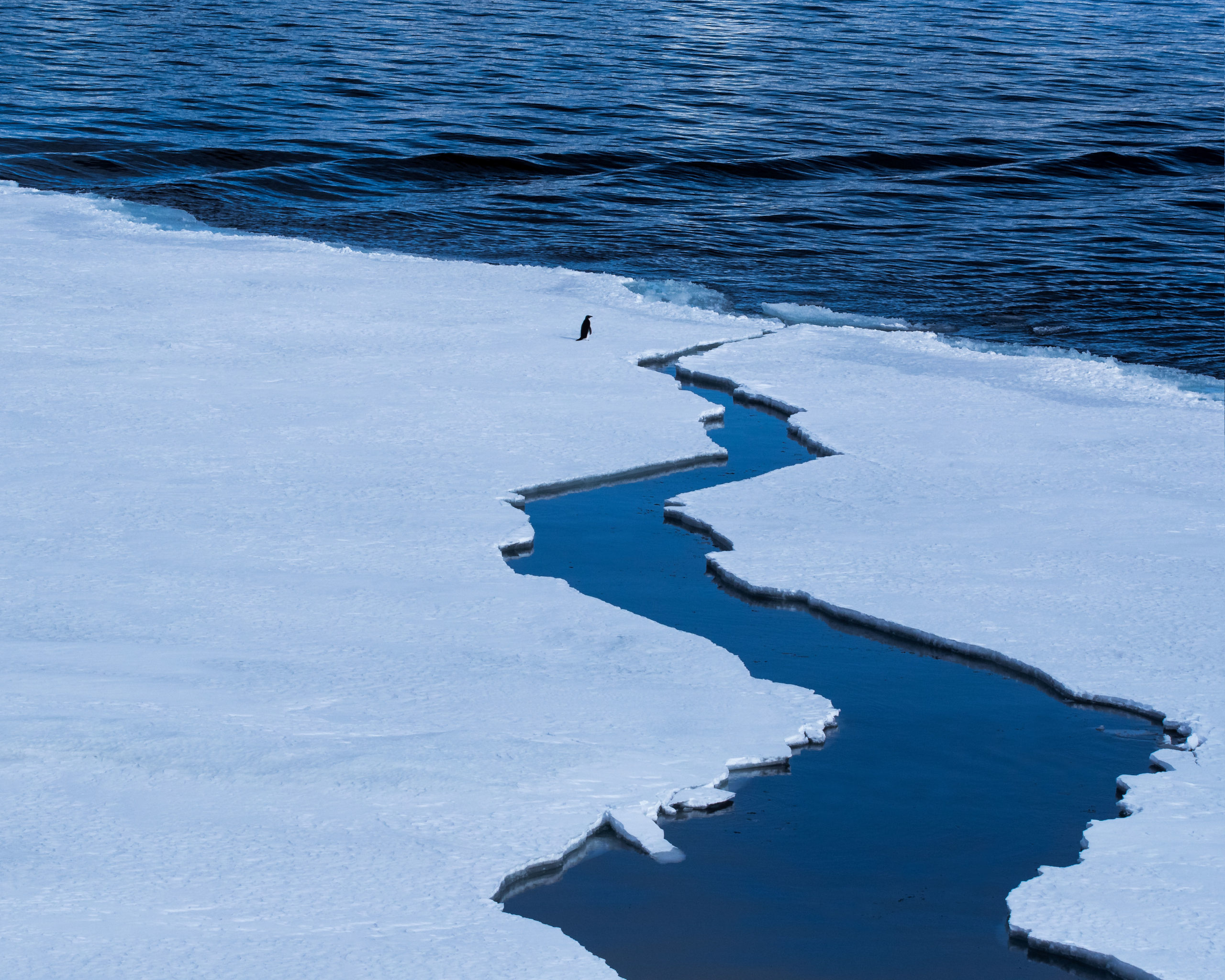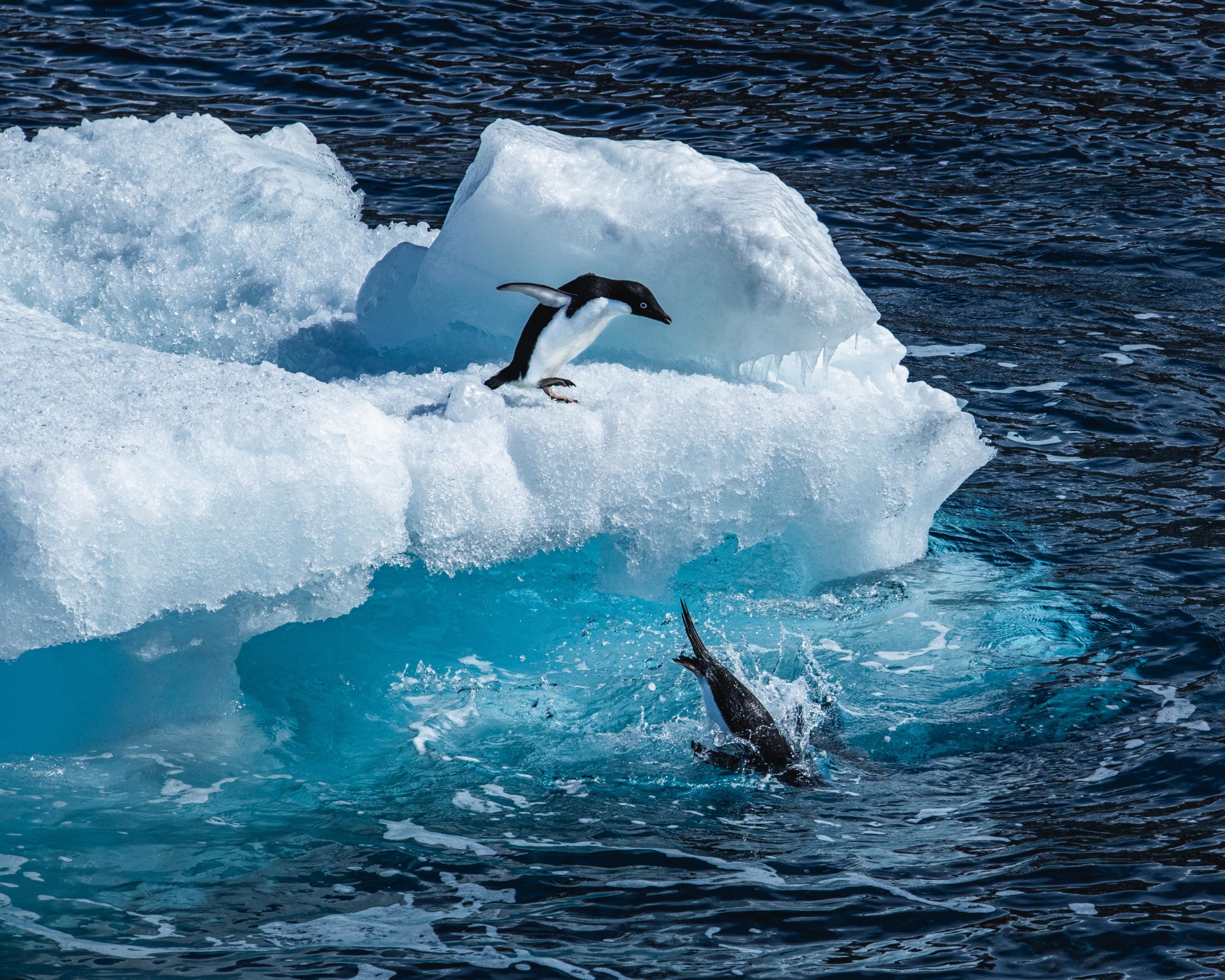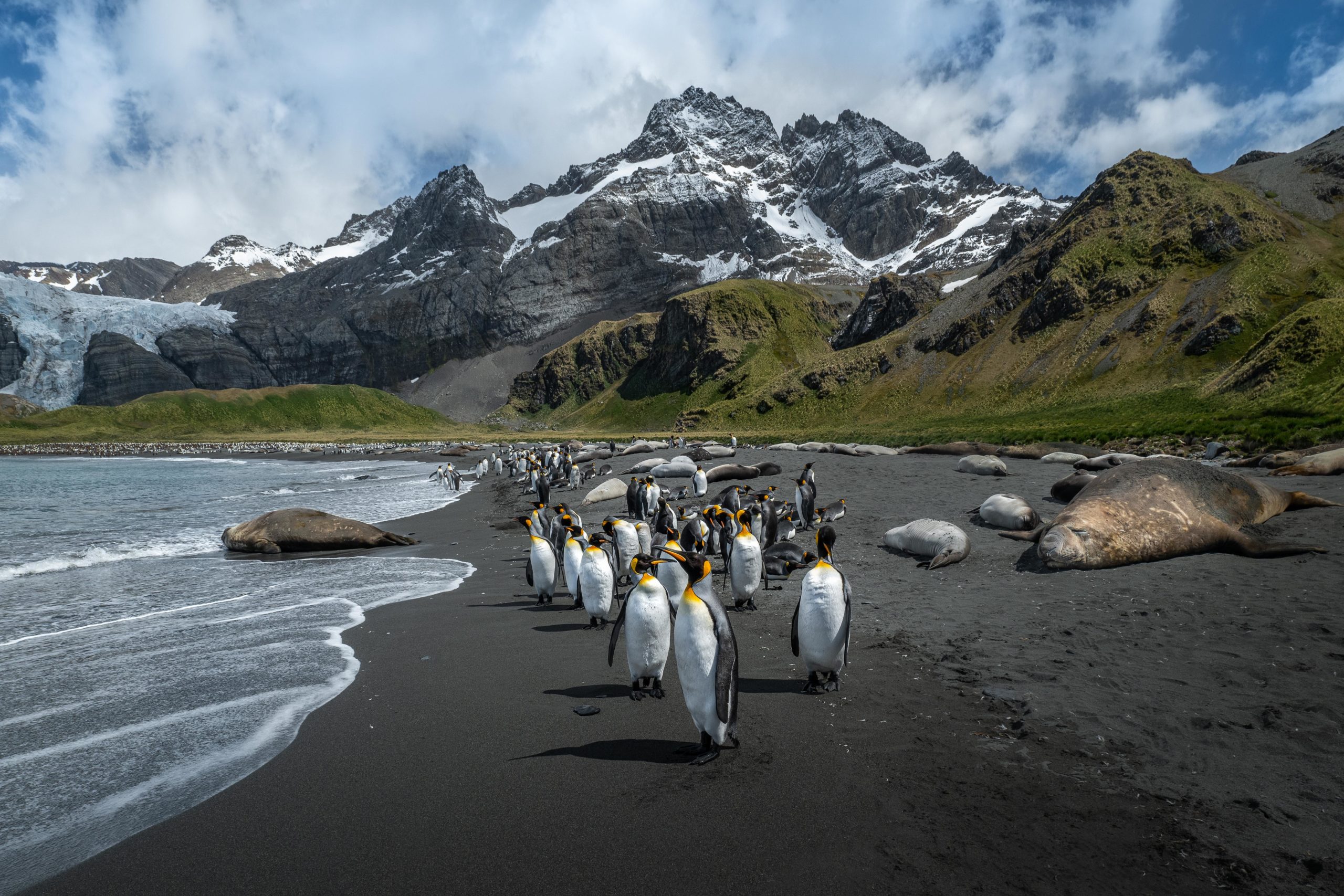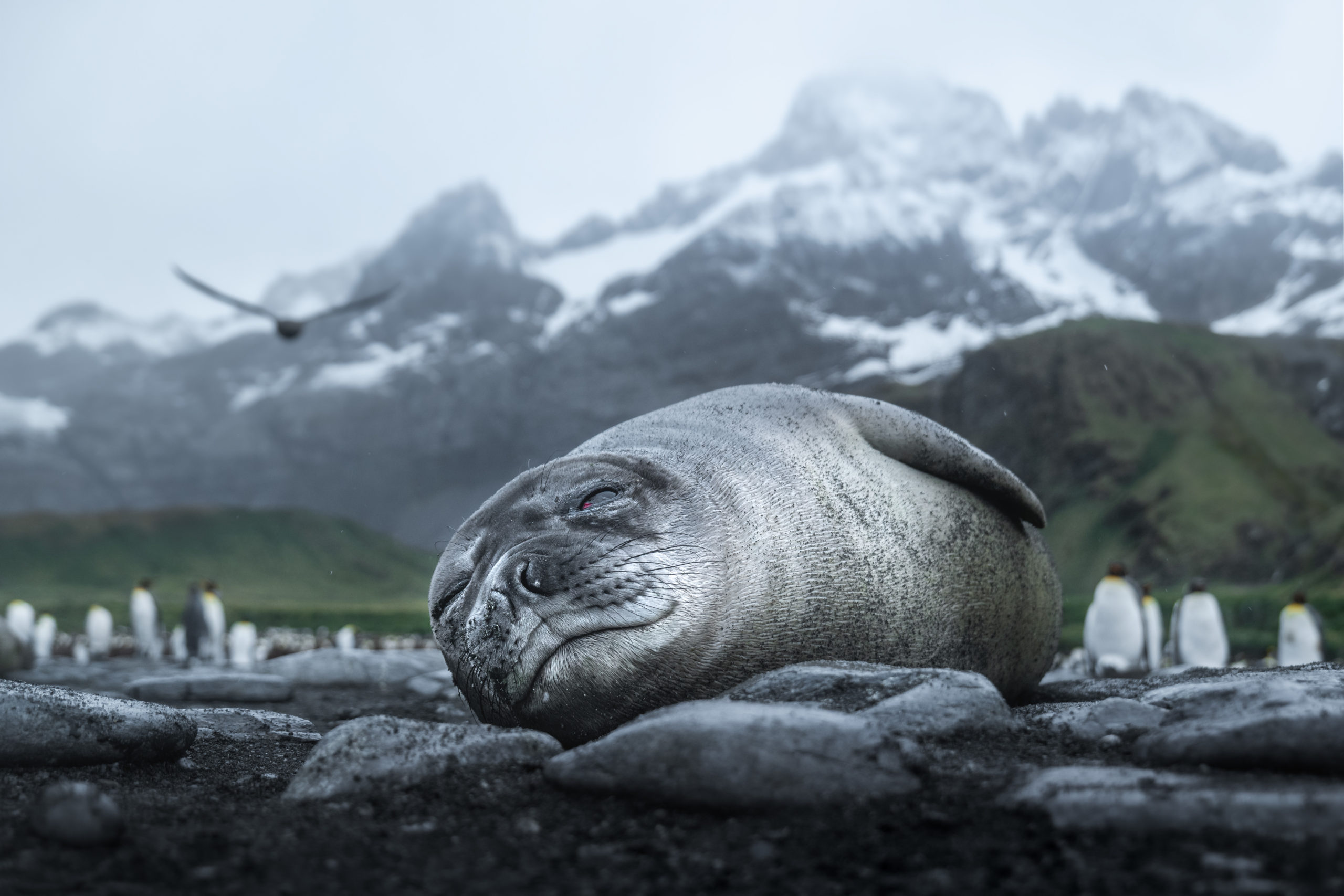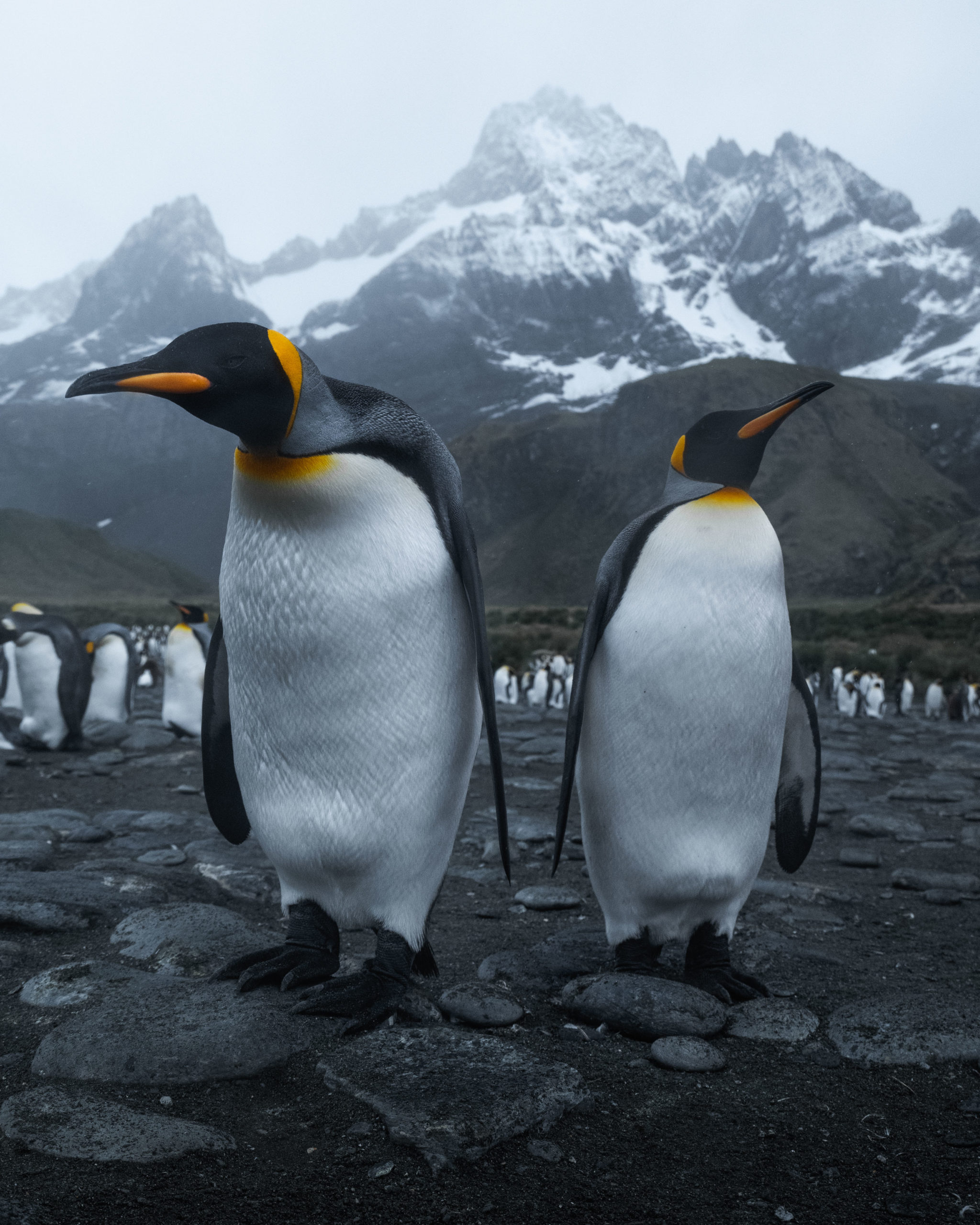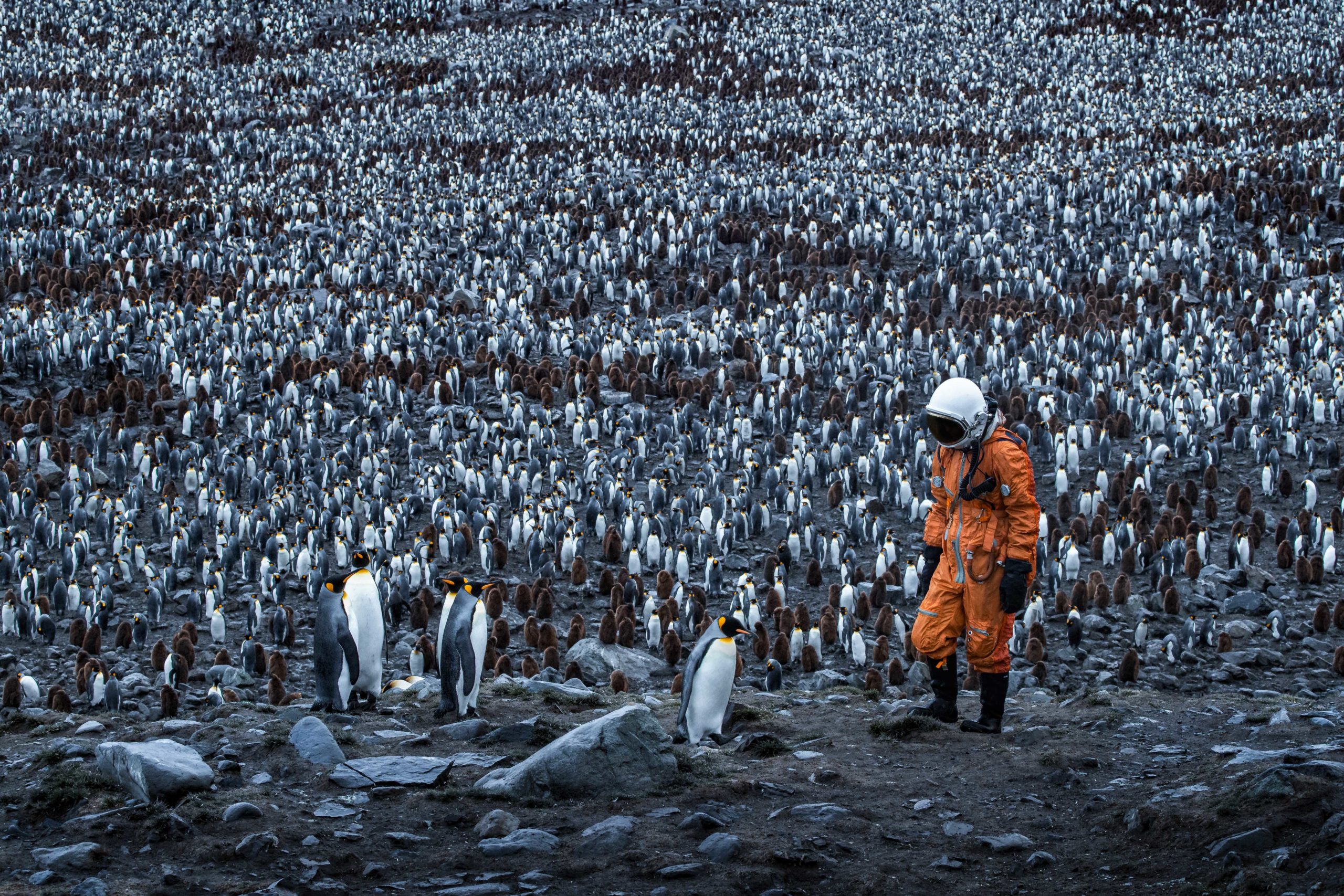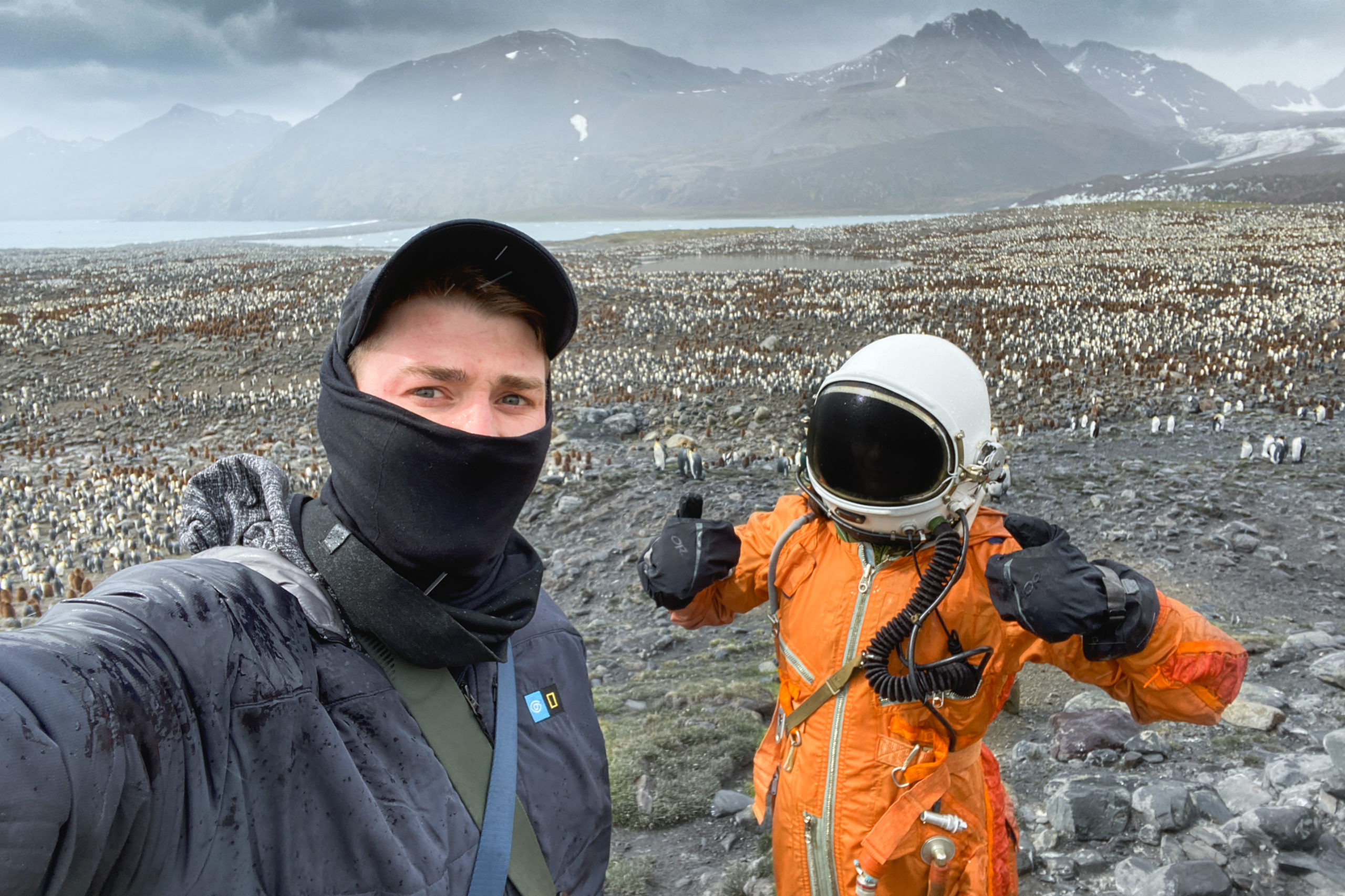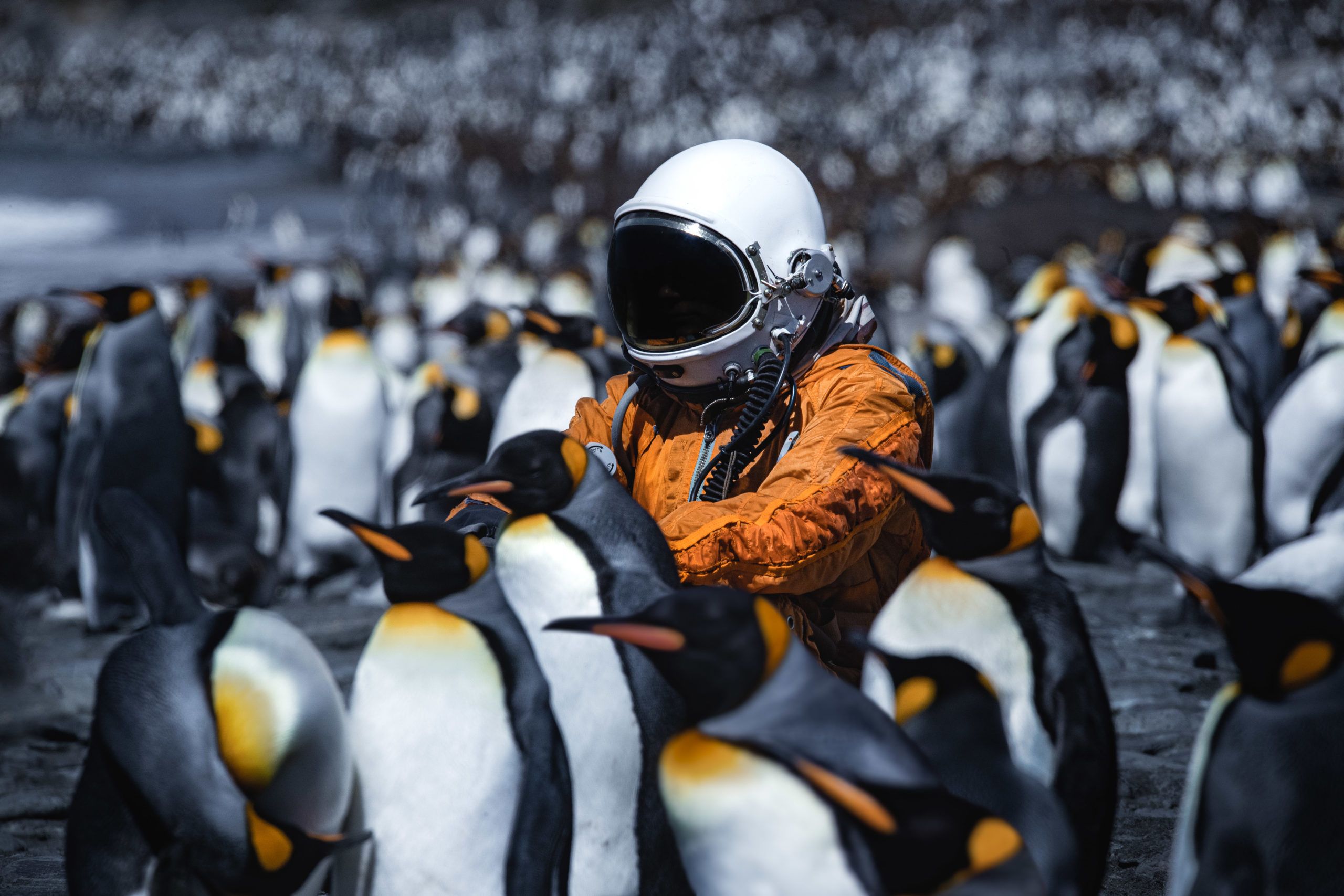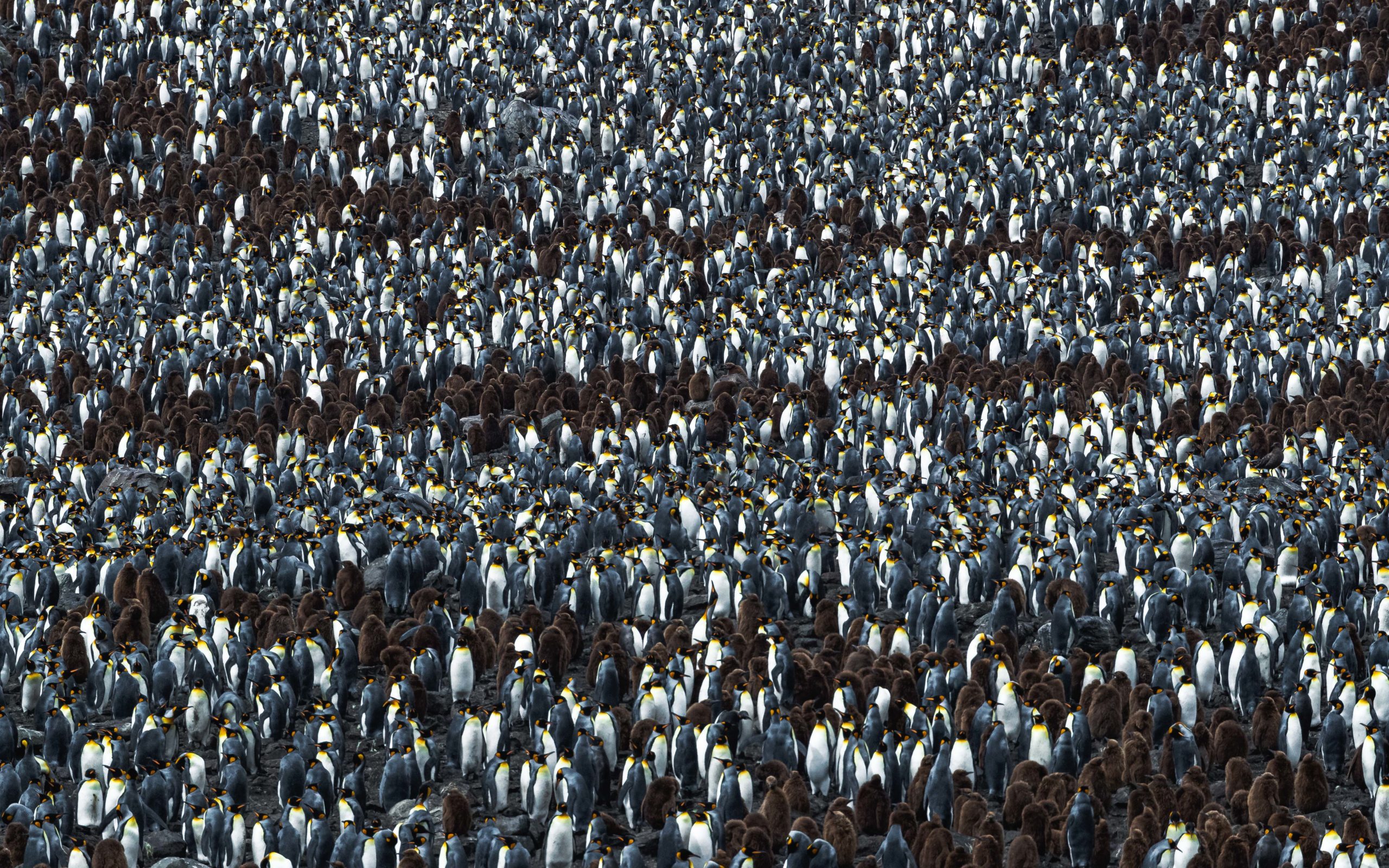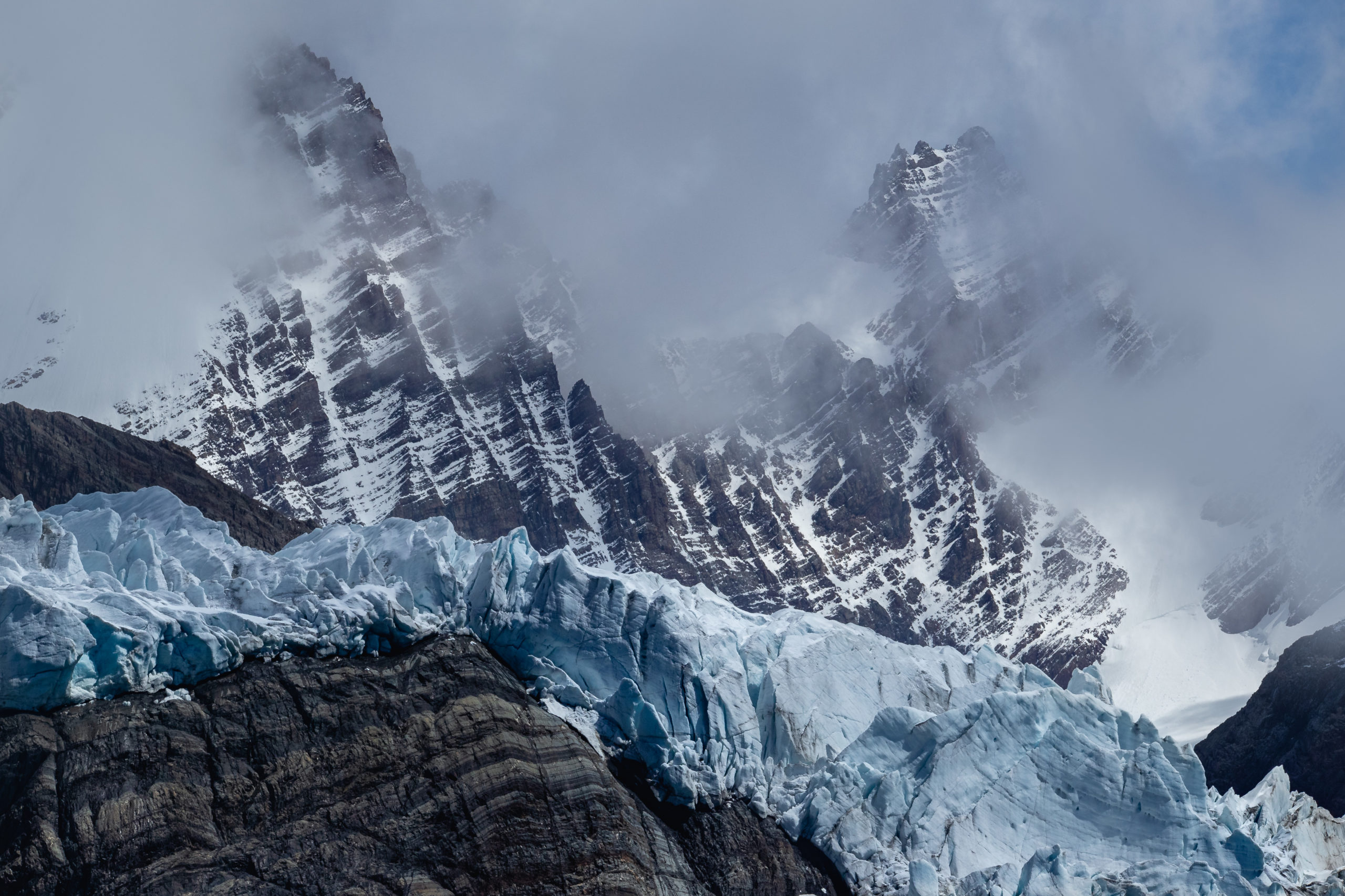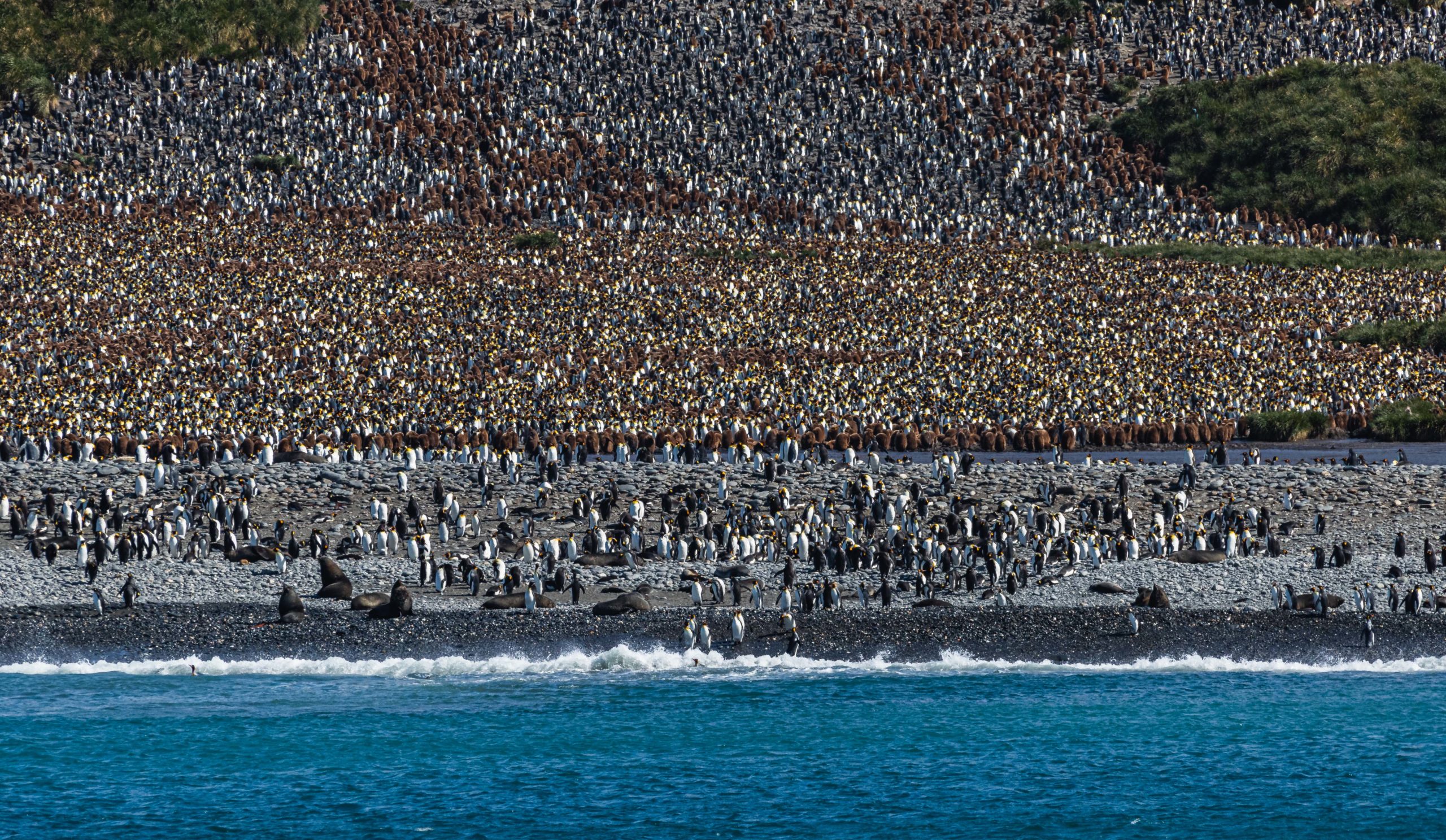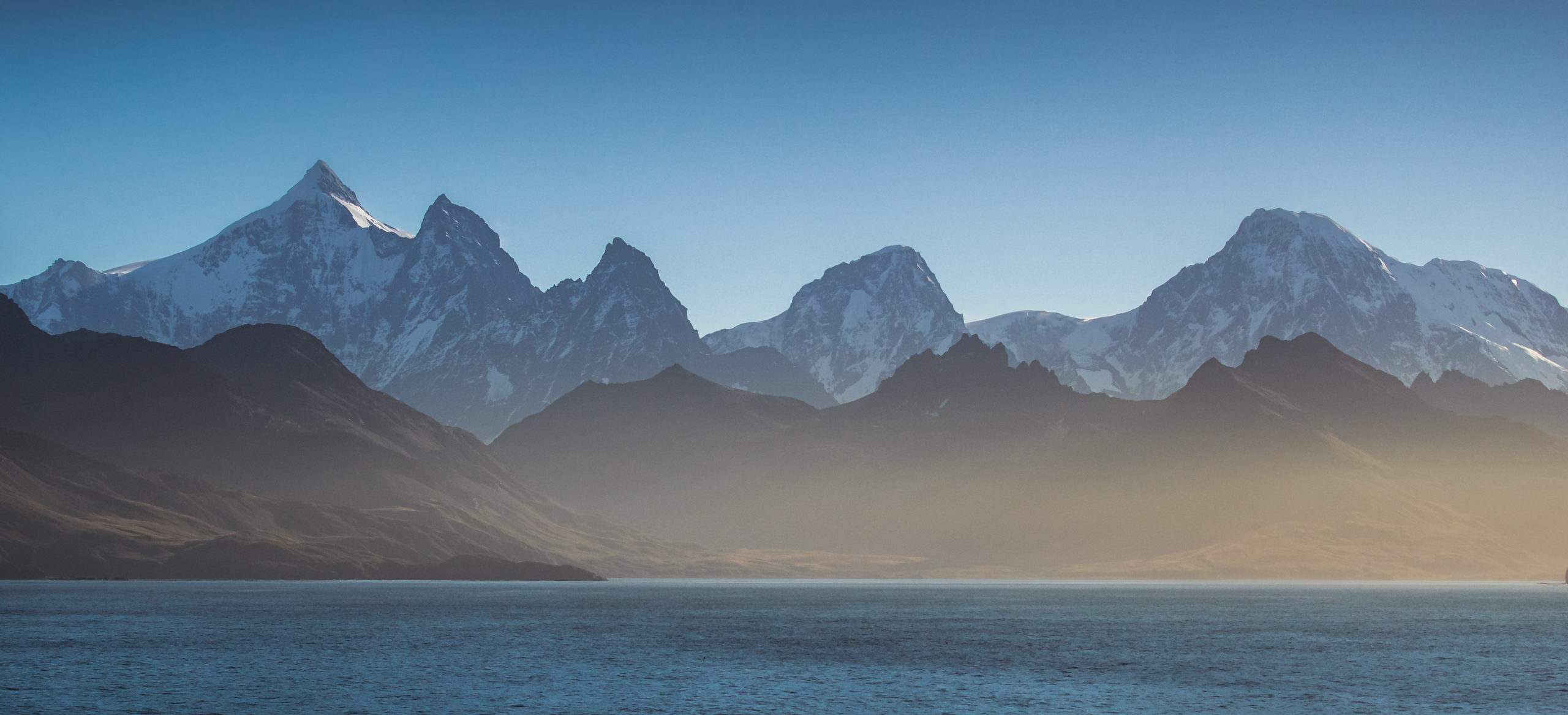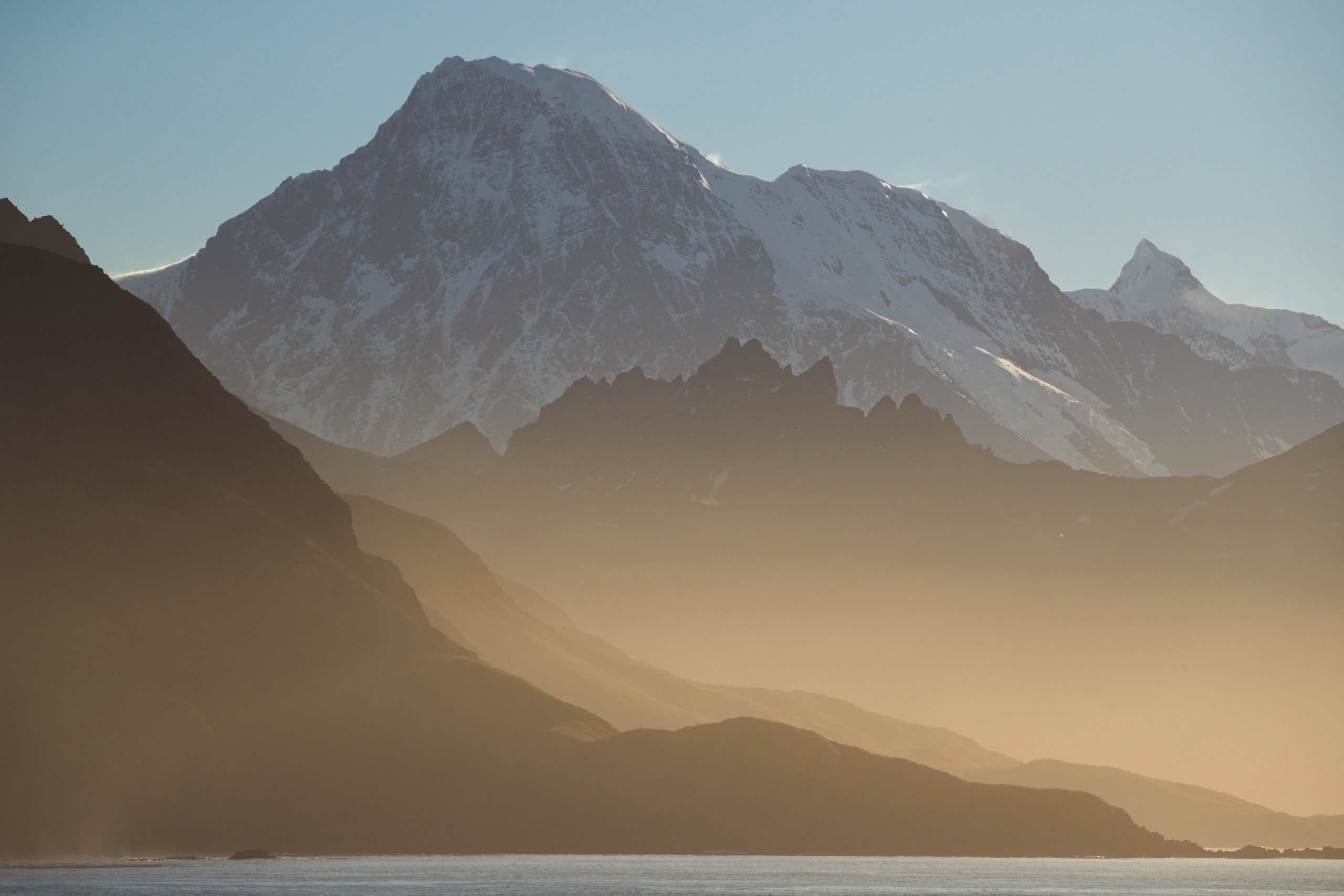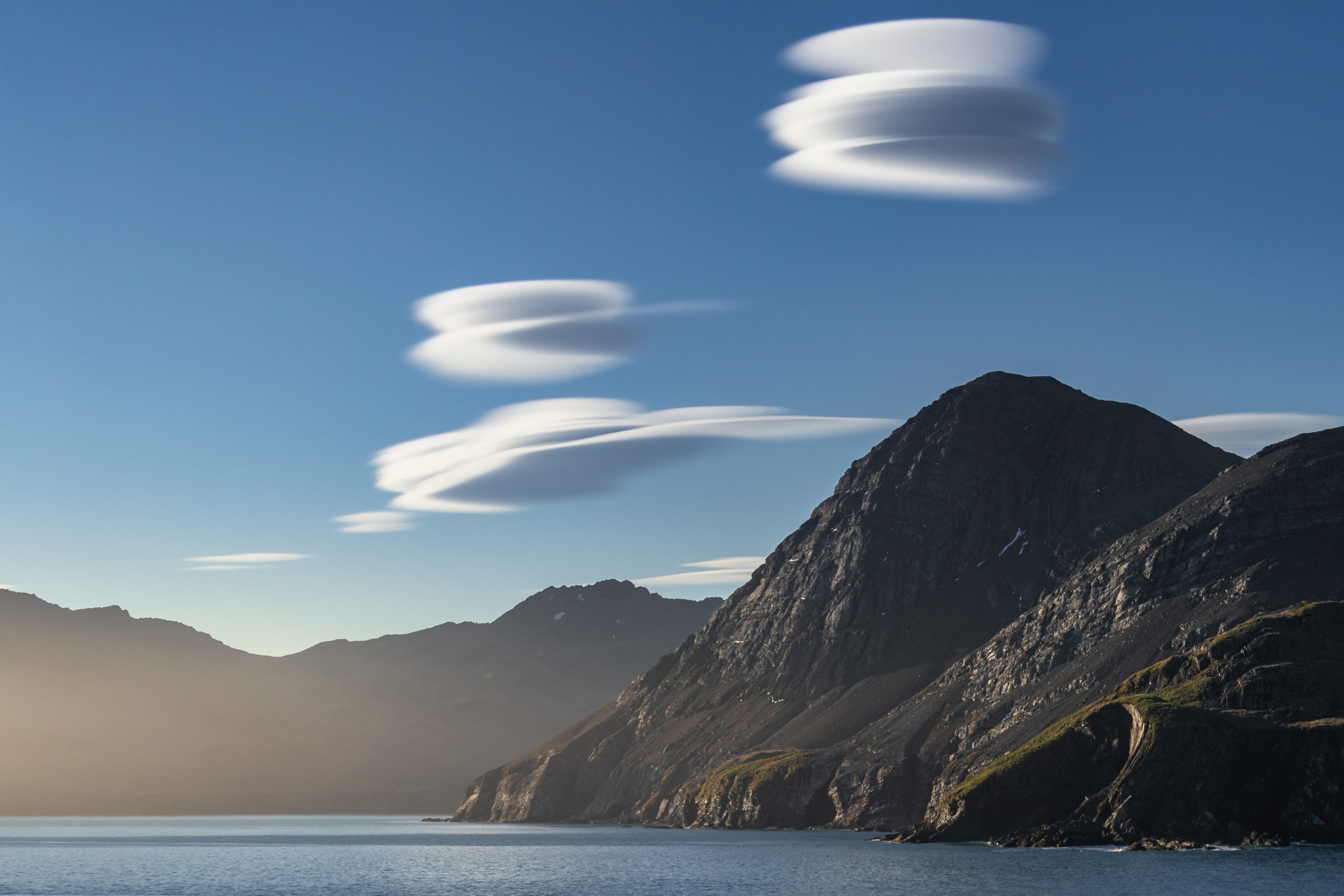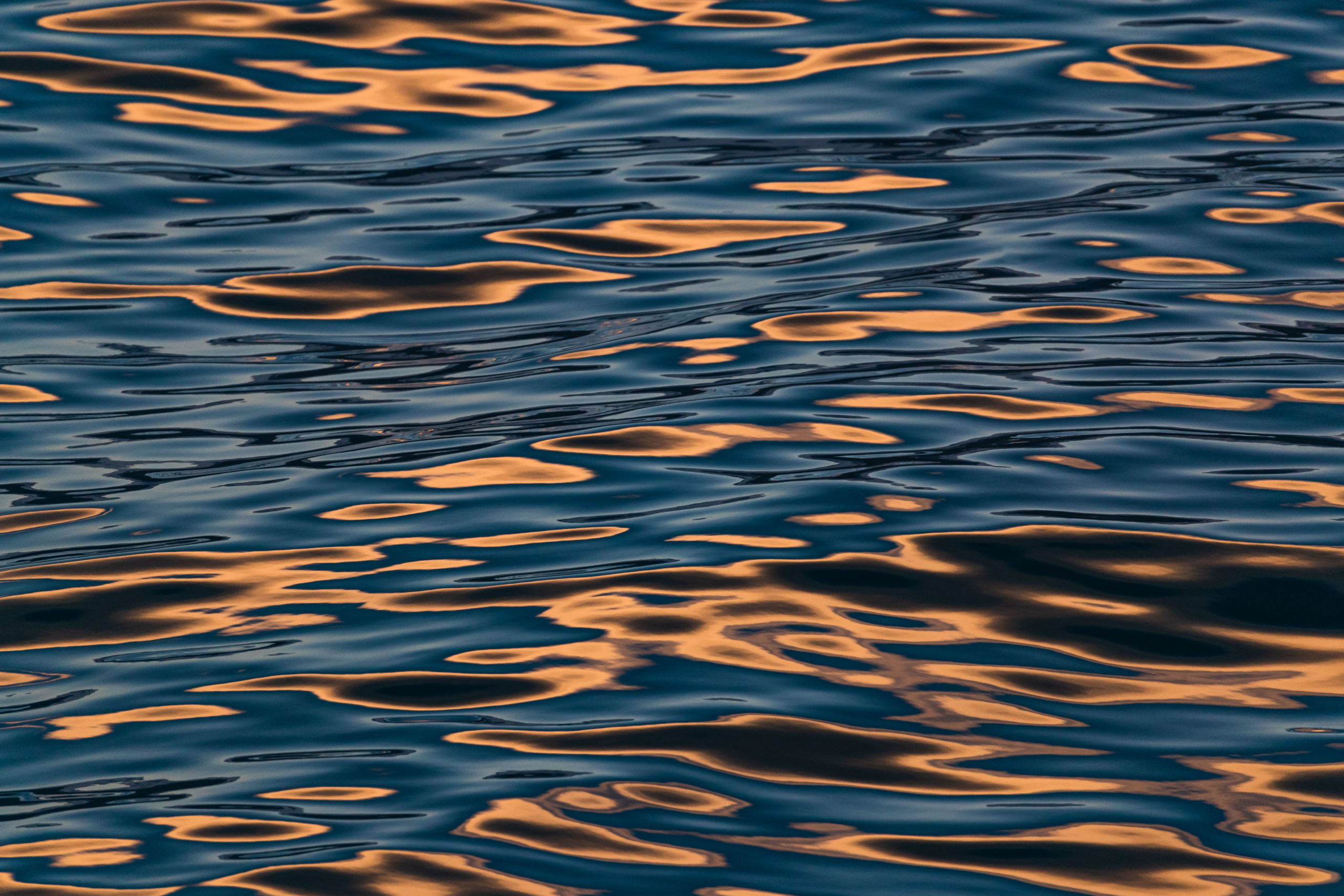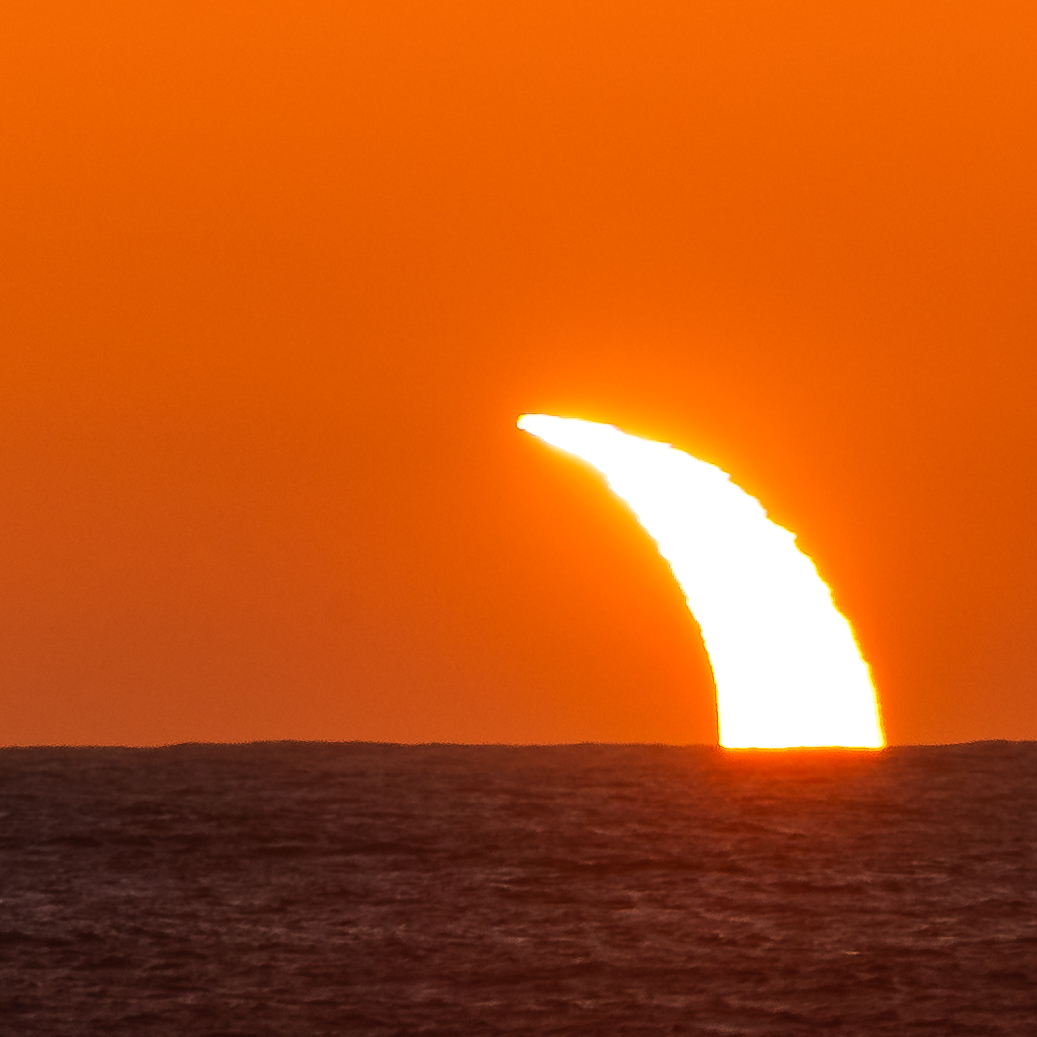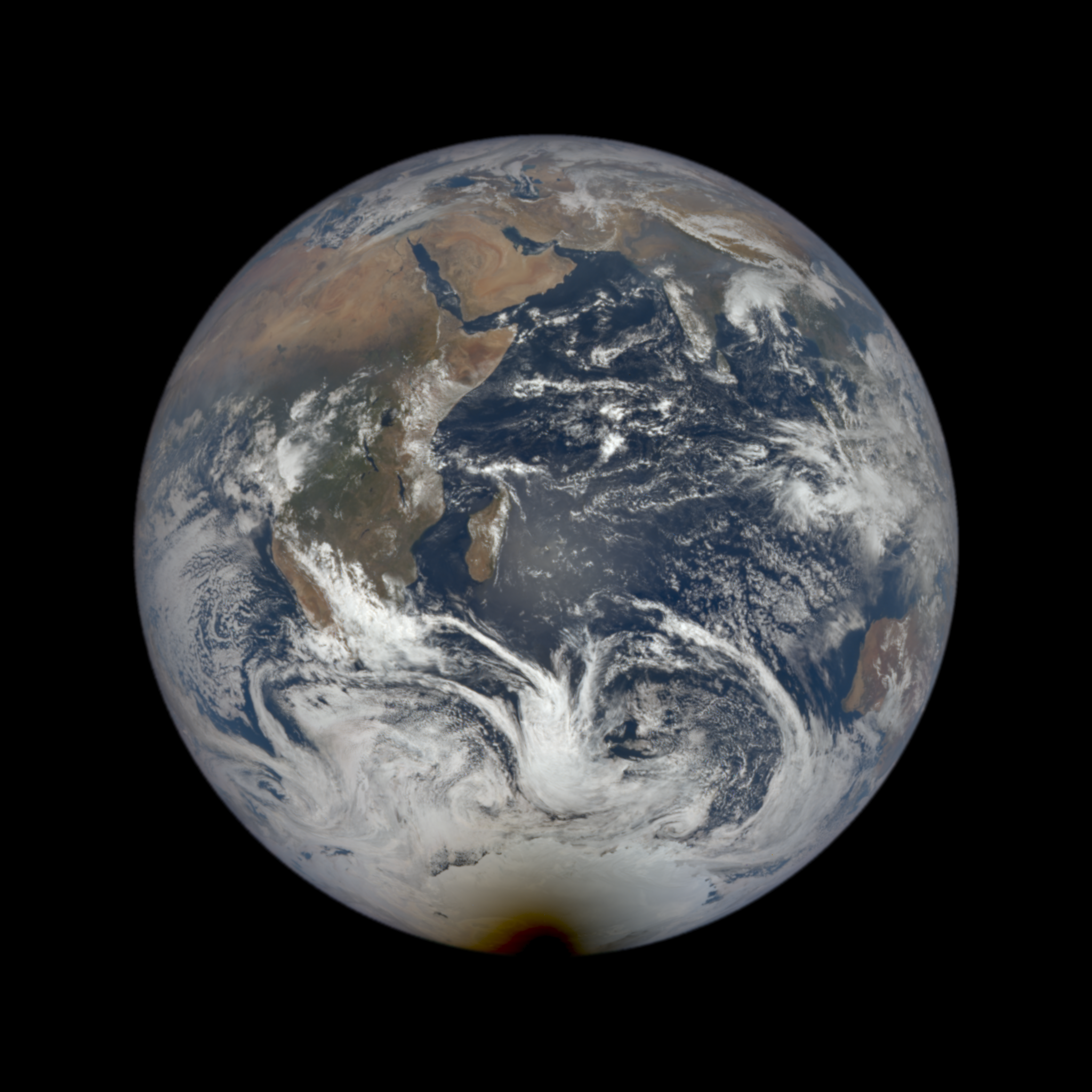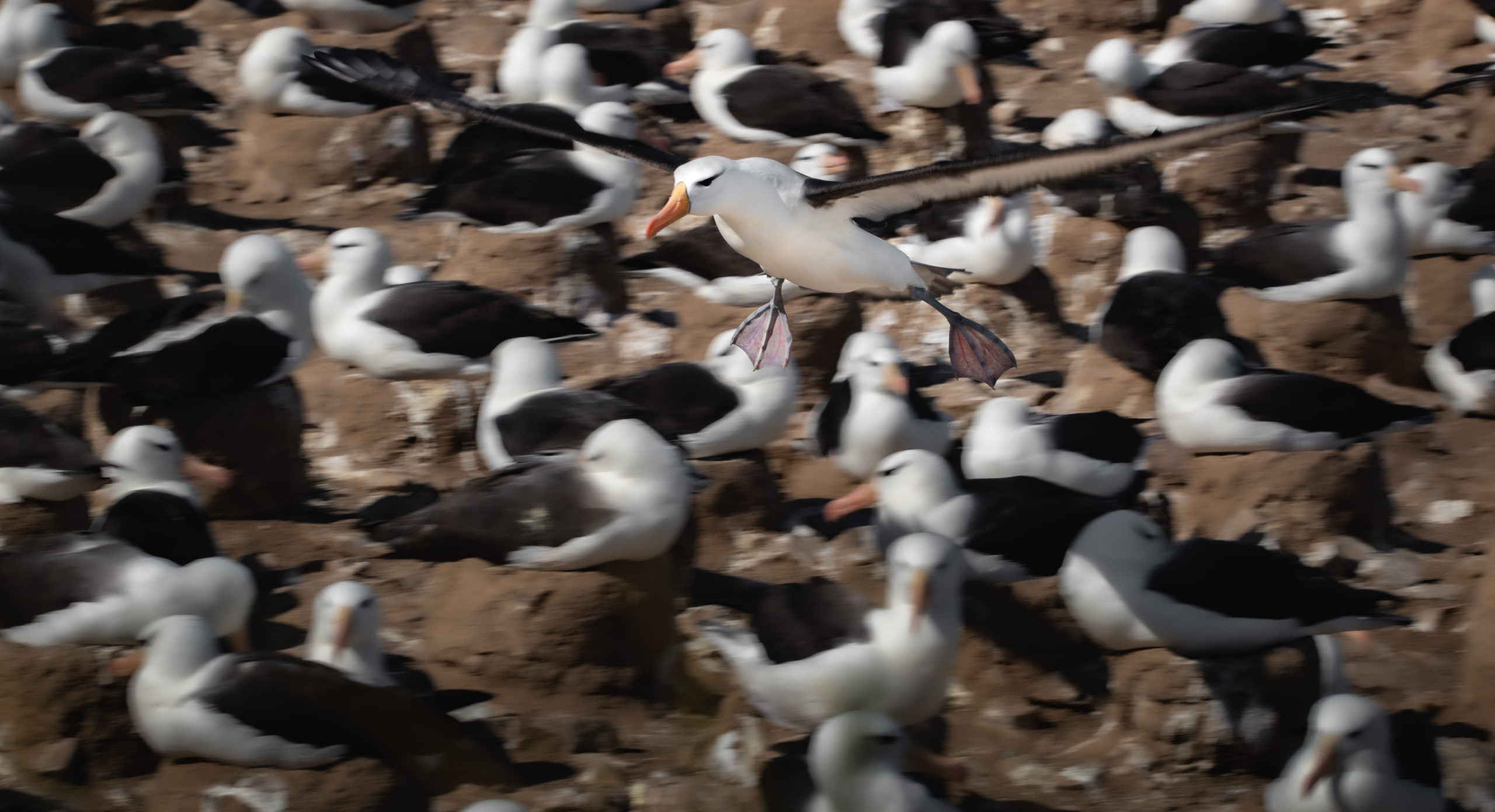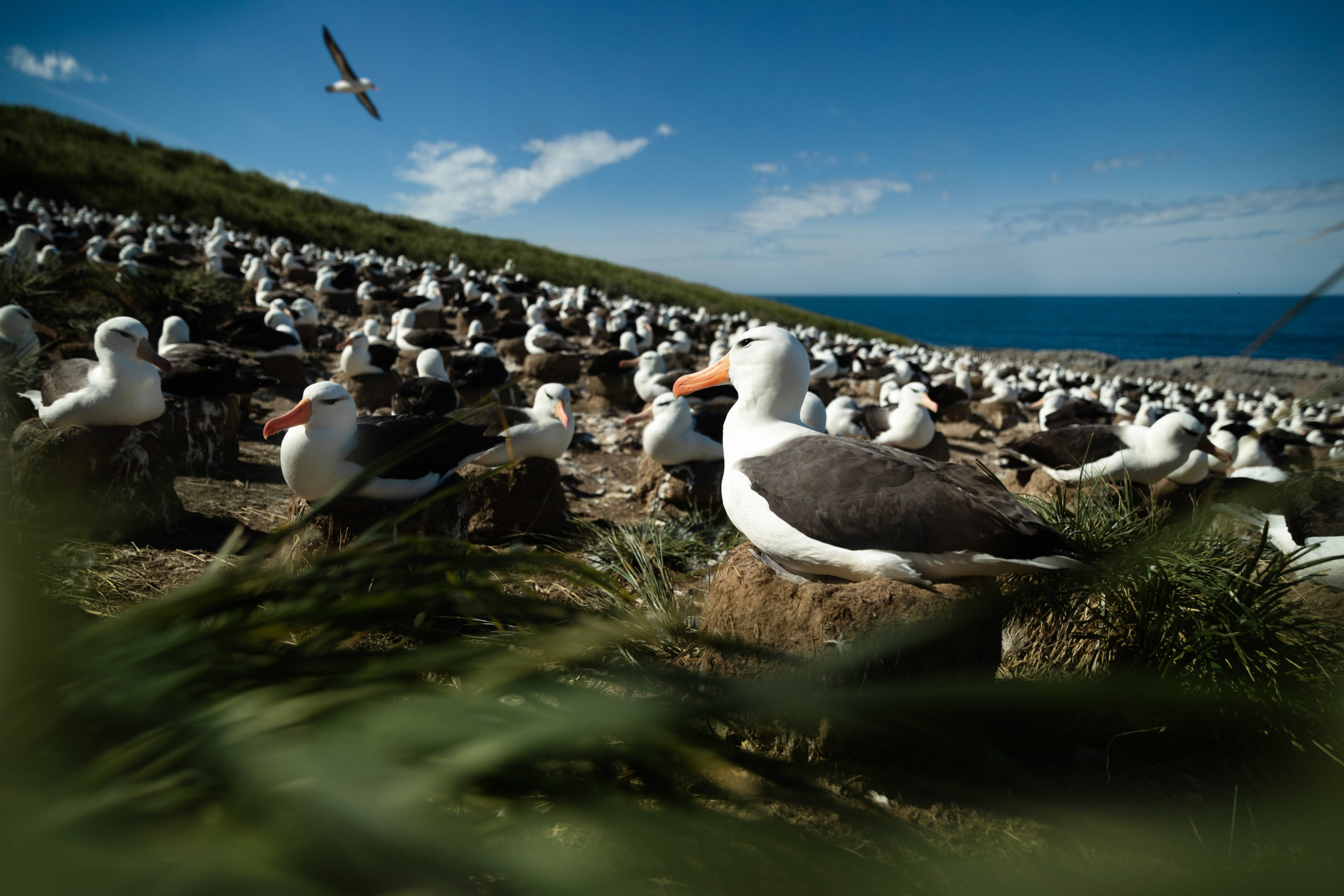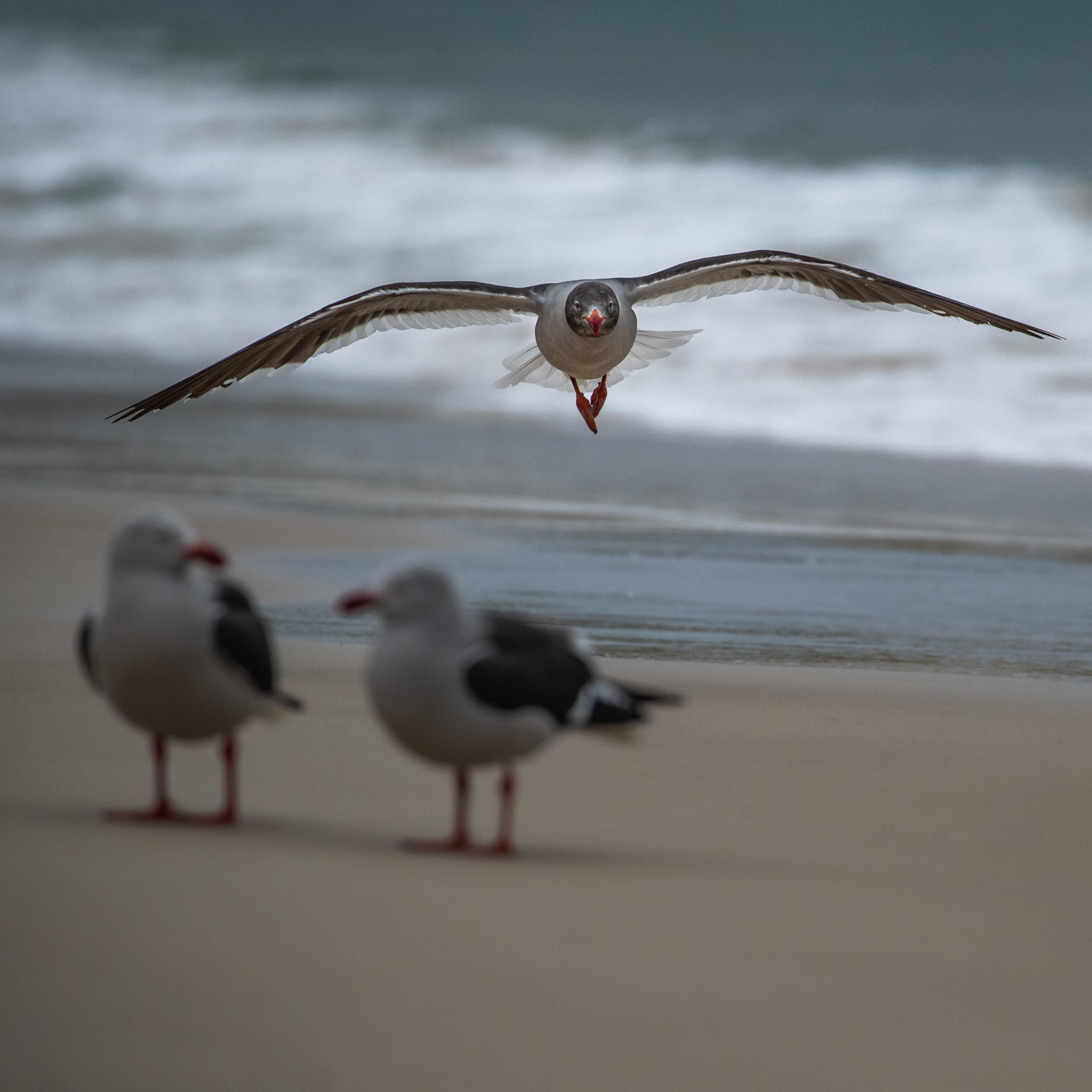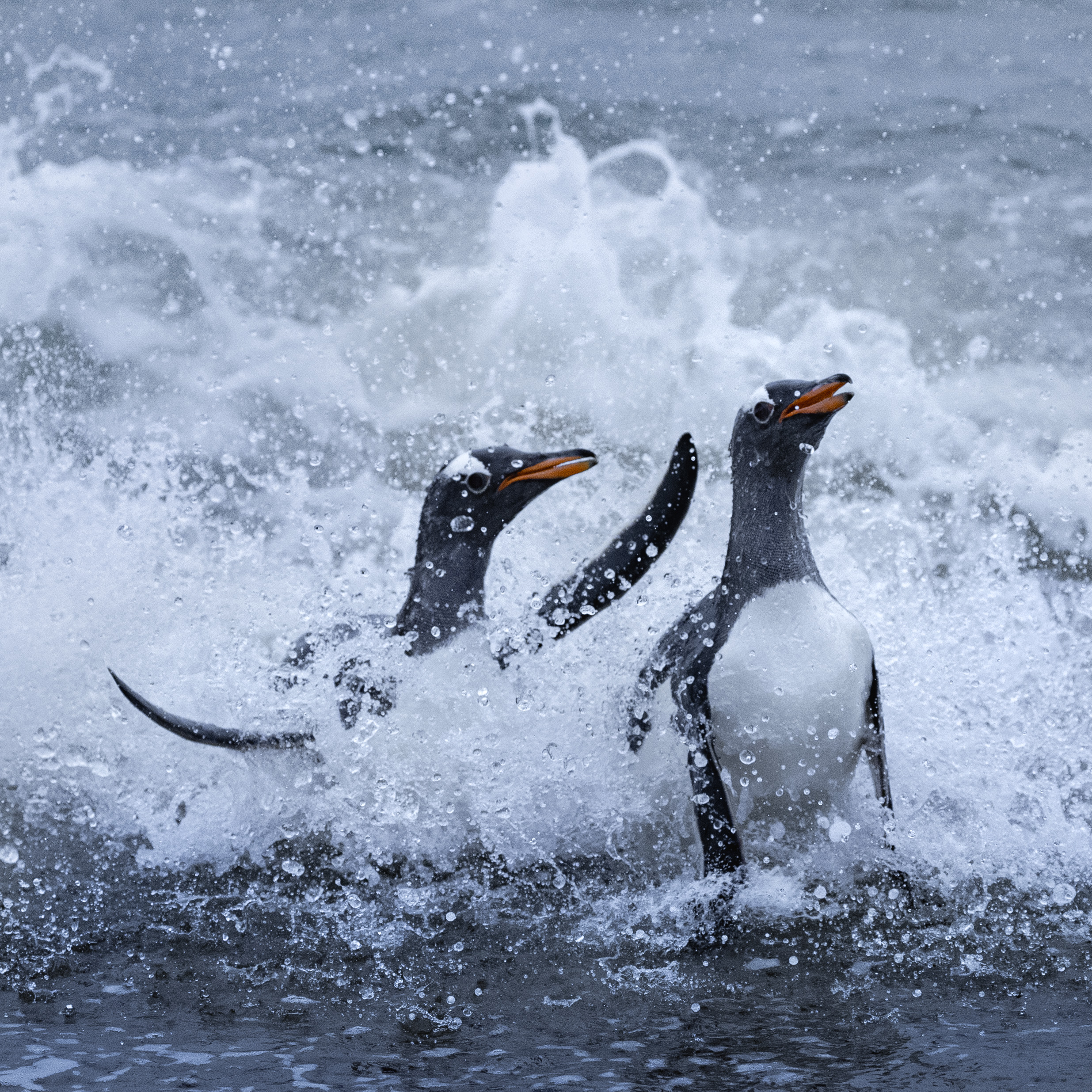Towards the end of 2021, I had the privilege of joining Lindblad Expedition’s voyage to Antarctica, South Georgia and the Falkland Islands. To make the journey even more eventful, Lindblad planned to have their ship the ‘National Geographic Endurance’ be within the path of totality in Antarctica during the total solar eclipse of 2021. All in all, it seemed like a phenomenal experience and the thought of possibly seeing a second total solar eclipse (weather permitting) was an absolute dream.
The following is a collection of some of my favorite landscape and wildlife photography shot while on Lindblad’s National Geographic Endurance over the course of three weeks.
We began our journey on the southern tip of South America leaving Ushuaia, Argentina and spent two days crossing the Drake Passage into the Antarctic Peninsula.
From the moment land was within sight, I could tell that Antarctica was not the flat, icy abyss that I grew up believing it was. I spent so much of my time outside on deck photographing the distant mountain ranges and icebergs as we made our way to various landing sights.
The goal with my photography has always been for the viewers of my work to feel a strong sense of admiration for the planet. I feel like most people picture Antarctica to be a flat sheet of ice and so to be able to share its dramatic mountains has been an incredible opportunity for me to further my mission.
I particularly enjoyed using my telephoto lens to focus on specific peaks and ridge-lines off in the distance. Even with just a short amount of time sailing, I found the various layers of the landscape began to shift and align with elements even further in the background. Needless to say, I spent quite a lot of time focusing on landscape photography from the deck.
During our various landings on the Antarctic Peninsula, we were able to see many small colonies of adelie and gentoo penguins. My favorite was photographing the penguins as they swam.
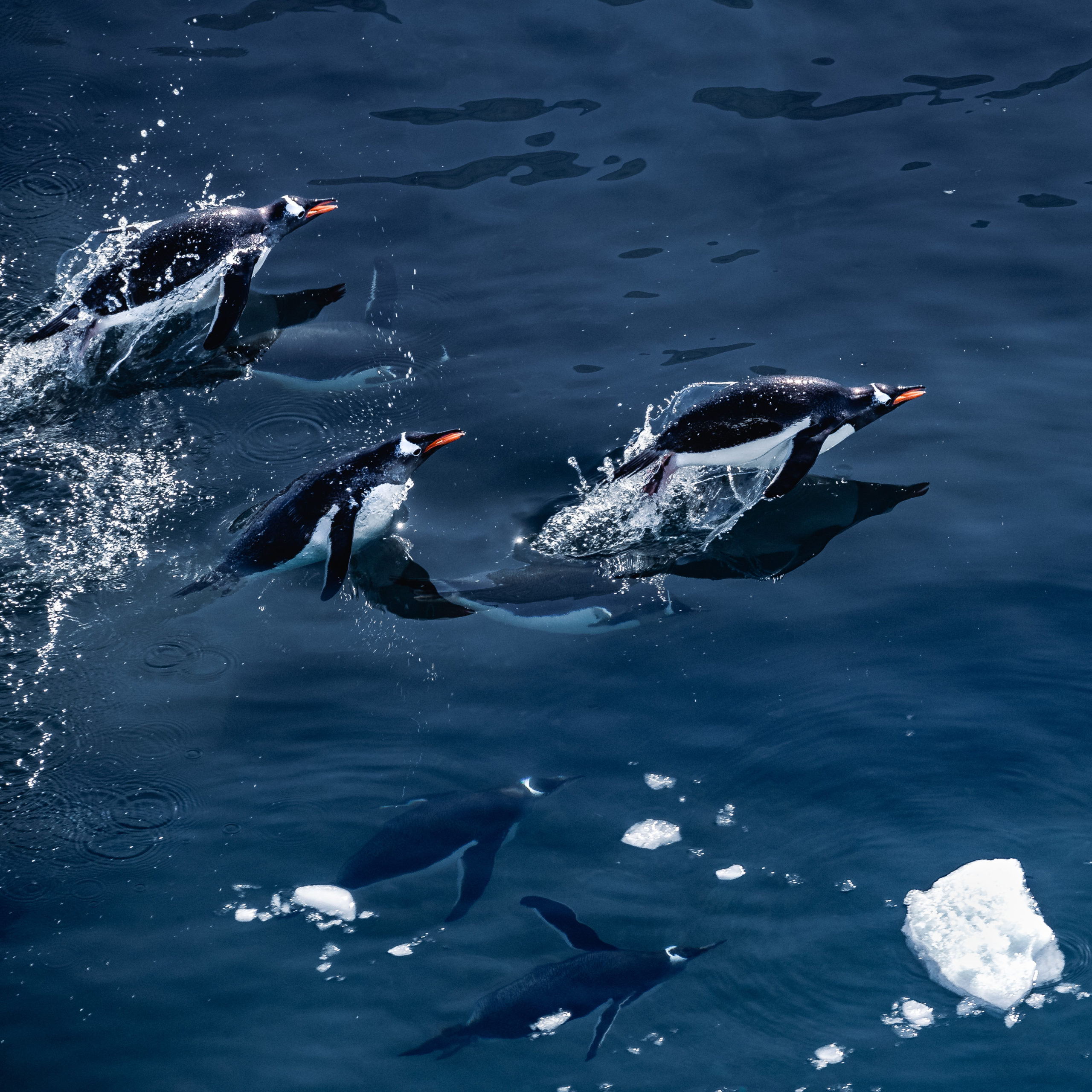
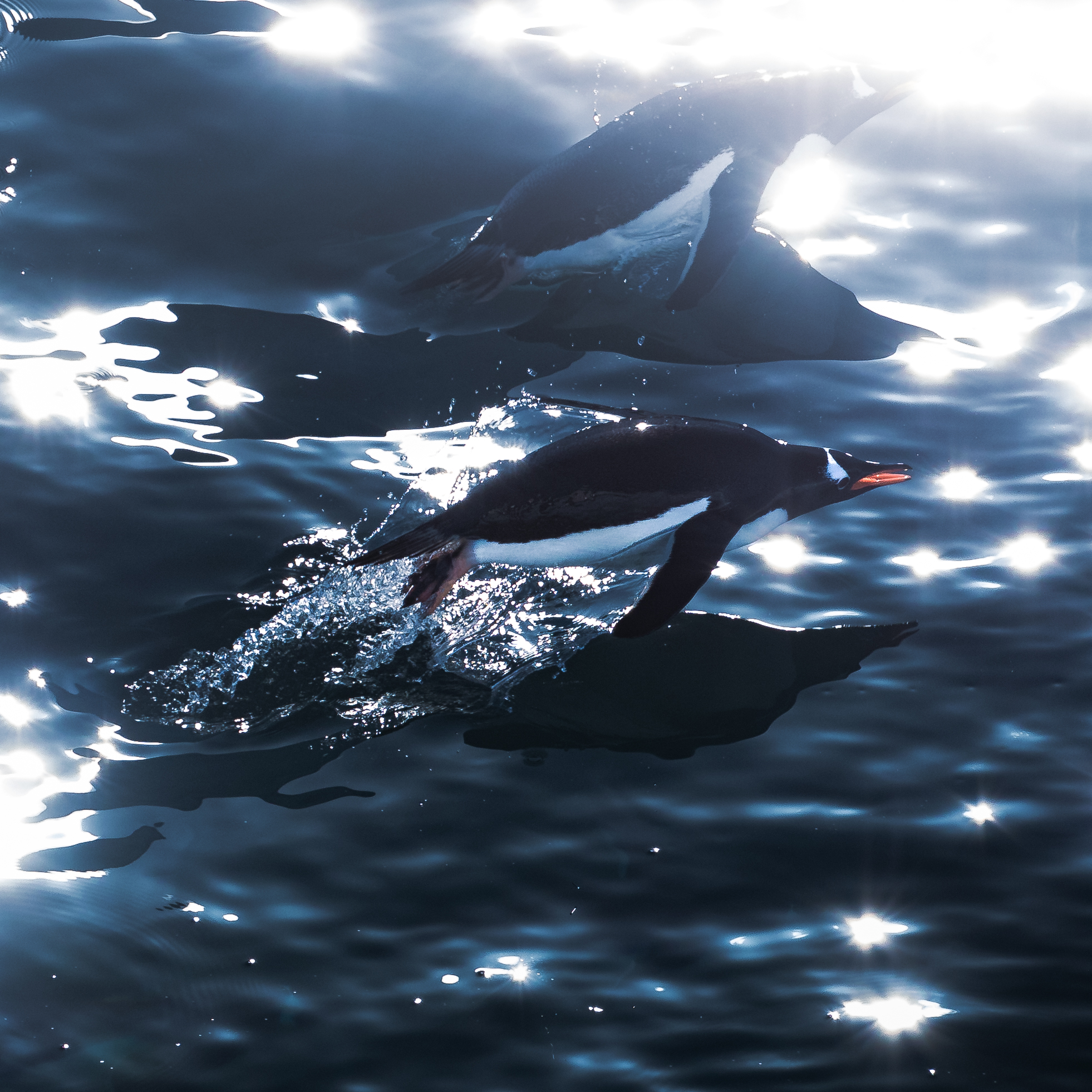
We proceeded to sail through the Scotia Sea from the South Orkney Islands towards South Georgia Island. After a week at sea with many landings and sleepless nights with 3:00AM sunrises, It felt good to have a bit of down time to relax on the ship and learn from Lindblad’s onboard naturalists. The next morning, we woke up to the most incredible view of South Georgia island’s mountains in the distance.
After a short zodiac ride, we stepped foot onto the shore of Gold Harbor, sharing the beach with countless king penguins and elephant seals. It didn’t take long for me to realize that this island paradise thriving with wildlife just might be the most beautiful place I will ever have the privilege of visiting.
The elephant seal pups were so fun to photograph! I loved how expressive they were as they rested on the beach amongst the king penguins. Surprisingly, I didn’t find myself taking quite as many photos as I might have in the past at a place like this. I really enjoyed observing them interact with the penguins and flop around.
The next day we took the zodiacs ashore to visit an even larger king penguin colony on South Georgia’s eastern side. After a short walk down the beach and a little further inland up into the hills, we made it to the colony. The view that followed was truly overwhelming.
It might be clear that I’m an extremely visual person and not much of a writer so I understand that what I’m about to say might not carry too much weight but it’s hard to describe what it was like to see a colony of this size for the first time. To be perfectly honest, I think that the past six years as a nature photographer I have grown somewhat used to incredible views. While I like to think I have an immense admiration for the world and can’t say I ever find myself feeling ‘jaded’ I realized that what I was saw was completely unlike anything I have seen before or expected to see on this expedition.
The adult king penguins densely packed in with their chicks known as ‘Oakum boys’ felt so alien-like. The surrounding landscape seemed to be transformed into an alien planet as it was completely filled with penguins as far as the eye could see.
The king penguin colonies we saw on South Georgia ended up tying in perfectly with my ongoing passion project ‘Space to Roam‘ which features an astronaut exploring the ‘otherworldly’ on planet Earth. My girlfriend, Bailey joined me for the trip and wore the suit. With not much time ashore and wanting to take some time without the cameras, I quickly captured a few images of her wearing the astronaut suit with the alien-like colony behind her.
Leaving this colony on South Georgia Island was particularly difficult but incoming strong winds and a tight schedule pushed us to head back to the zodiacs and return to the National Geographic Endurance. Thankfully, the time spent transiting to various parts of the island for hiking and other sightseeing was constantly full of stunning views.
Later in the evening, more and more lenticular clouds had formed overhead and began catching beautiful warm color as the sun set. Watching the pancake stack-like clouds glow red above the dramatic mountain range made for one of the most unforgettable evenings ever.
This incredible sunset was the perfect way to wrap up our time on South Georgia Island as we sailed west through the Scotia sea towards the Falkland Islands and in search of clear skies for the total solar eclipse. The next two days would be spent at sea with our excitement levels growing for the eclipse.
After a night of researching weather maps, the captain and crew steered the National Geographic Endurance into a clear patch of sky for the highlight of the week. We woke up early at 4:00 am to see the total solar eclipse. At first, we had our hopes up because of the clear sky as dawn lightened. However, a cloud bank approached us, threatened our hoped-for view of the eclipse at sunrise. So, the ship turned around and started cruising away from the clouds. Then it happened: the sun rose at sunrise during the total solar eclipse!
At first, we saw a crescent-shaped sun rise since the sun was mostly blocked by the moon’s shadow.
Within just a few short minutes, the moon began to block even more of the sun and before we knew it, totality had begun! Seeing the warm orange glow of the sunlight flare out from behind the moon was such an incredible sight. I shot a few photos but proceeded to enjoy the next minute of totality without a camera in my face like back when I photographed a rock climber within the 2017 total solar eclipse.
As it turns out, we may have been some of only three hundred or so people on earth to have witnessed the total solar eclipse of 2021 because of how cloudy most areas were.
I feel so fortunate to have seen totality for the second time and owe it all to eclipse chaser Jay Andersen and the captain and crew of the National Geographic Endurance for putting us where we needed to be in order to see it without clouds impeding on our view. As you can see from the image above, it was quite cloudy out throughout the path of totality but thanks to careful planning and a decent amount of luck, we were able to make our way into a spot with a sliver of clear sky on the horizon to witness totality. Moments after totality occurred, the sun gradually disappeared yet again but this time into the cloud layer that was just above the horizon.
Energy running high after witnessing the total solar eclipse, we spent the rest of the day at sea as we sailed for the Falkland islands: an island paradise of southern rockhopper penguins, Magellanic penguins and albatross colonies.
We did several landings to see the various colonies but my favorite from the Falklands was visiting Steeple Jason Island, home to the largest colony of black-browed albatross on earth with over 180,000 mating pairs calling it home.
I spent some time photographing the black-browed albatross return to their nests. It was incredible to watch them in action and hear a ‘whoosh’ as they flew in to land.
I also enjoyed capturing penguins as they returned ashore from being out in the ocean. I loved the way they awkwardly transitioned from swimming to walking, splashing about.
I think I speak for everyone on our voyage when I say that we went into it thinking that the total solar eclipse would be the highlight of what we would see. When I made it home and really took the time to reflect on the past three weeks, I found that the journey consisted of so many more ‘moments of totality’ than the actual total solar eclipse itself….moments I feel so incredibly grateful to have experienced.
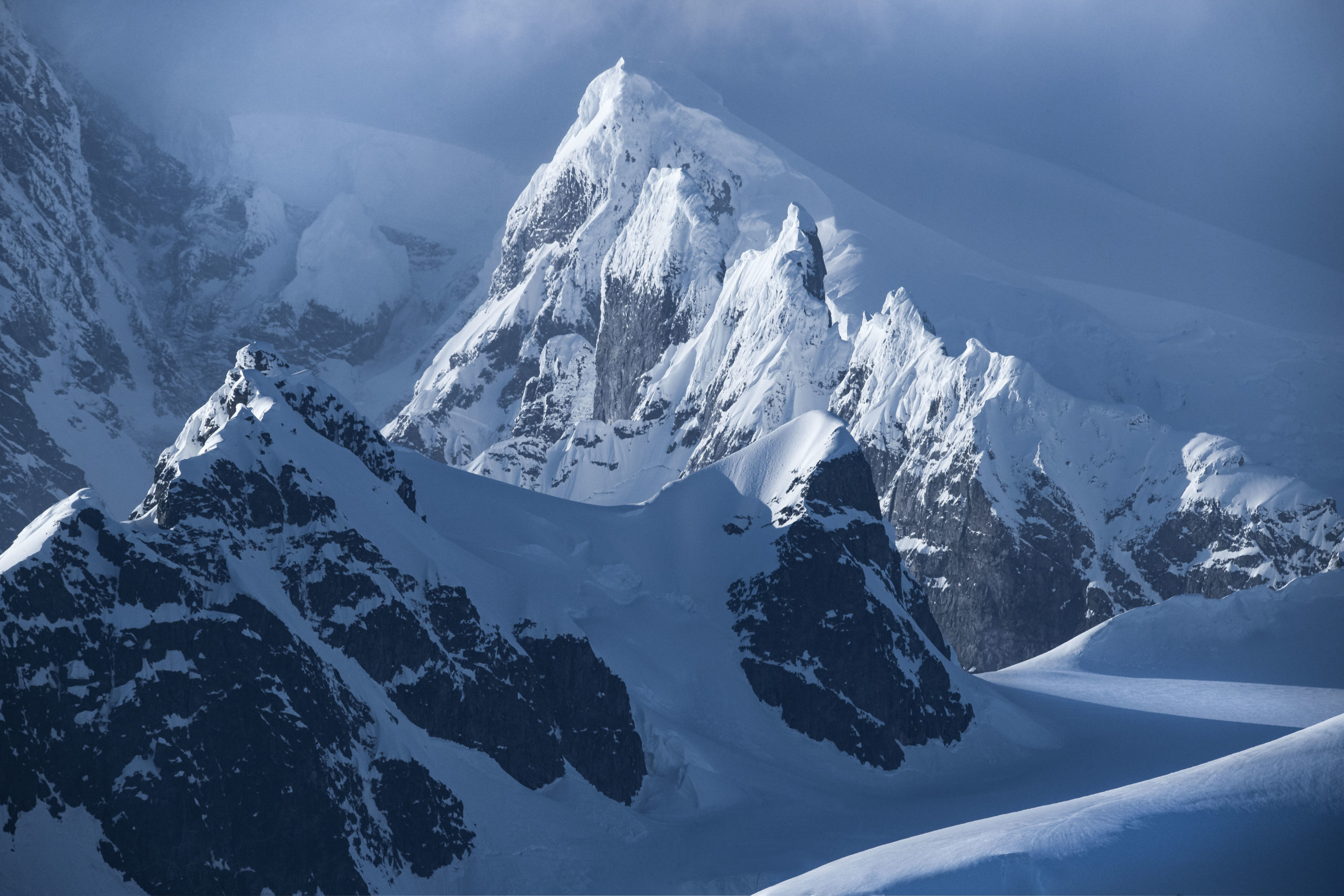

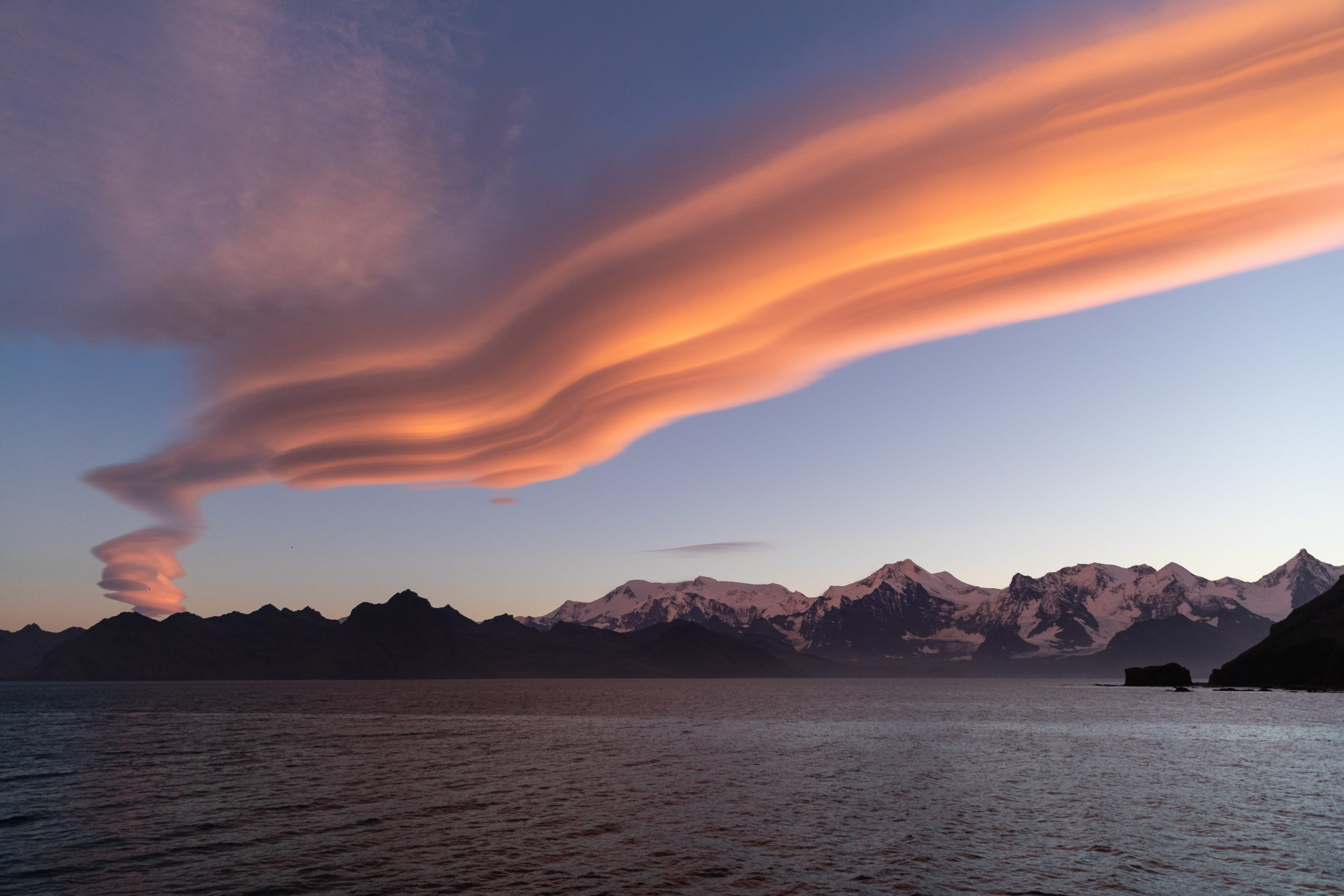
When all was said and done, seeing mountain peaks towering above an ocean filled with icebergs, a colony of over 150,000 king penguins packed together and a sky filled with colorful lenticular clouds at sunset over the mountains were my ‘moments of totality’ and grew my admiration for our beautiful planet even more.


